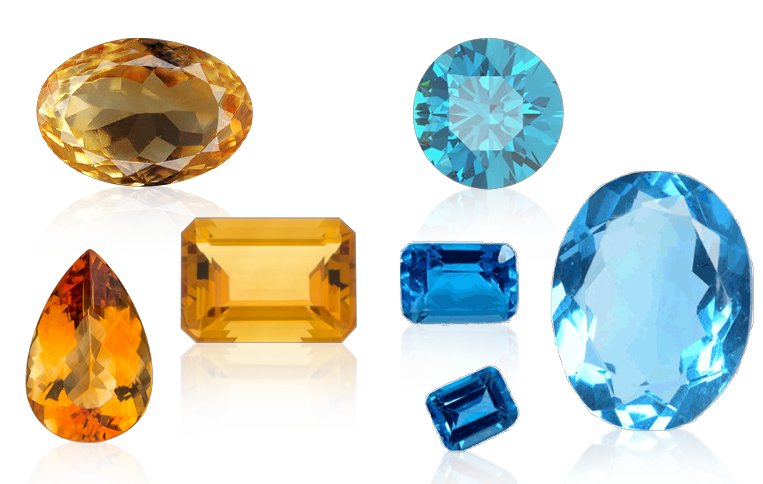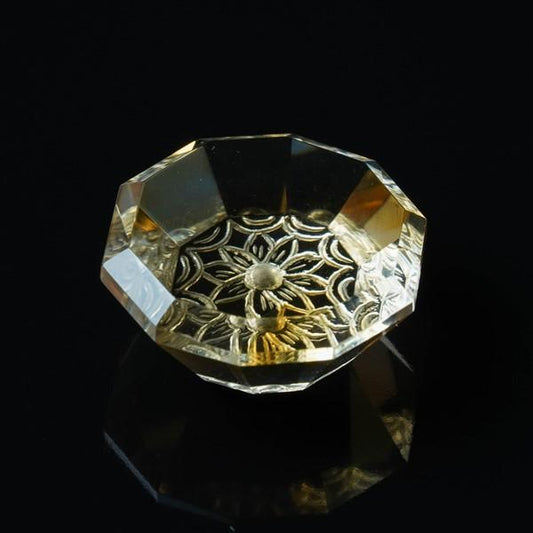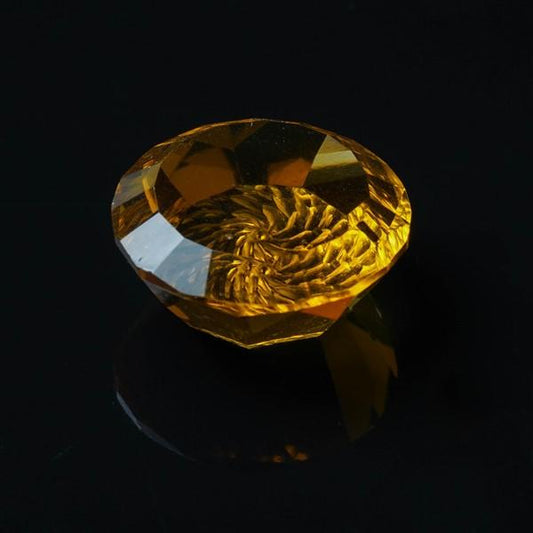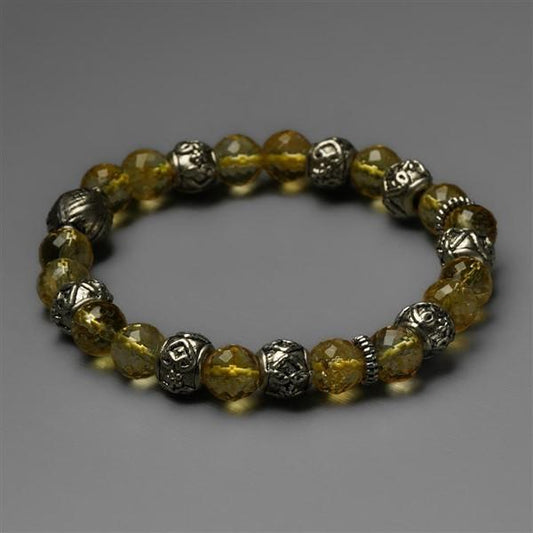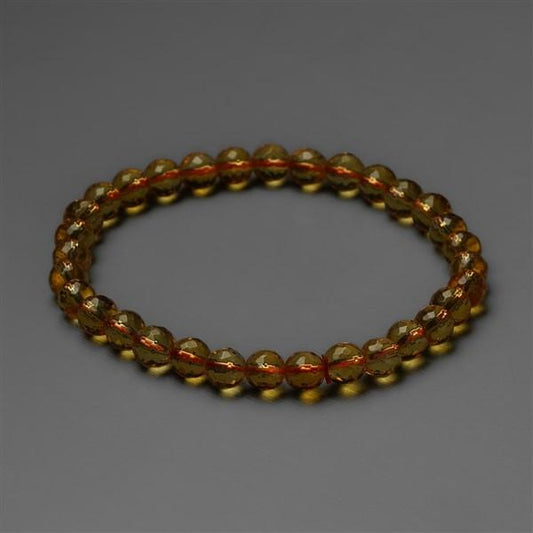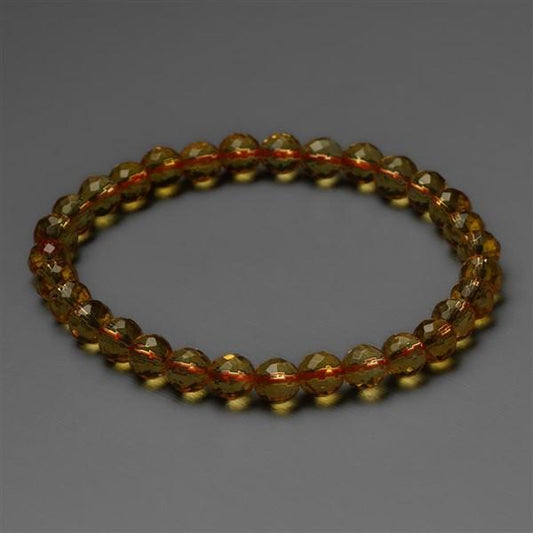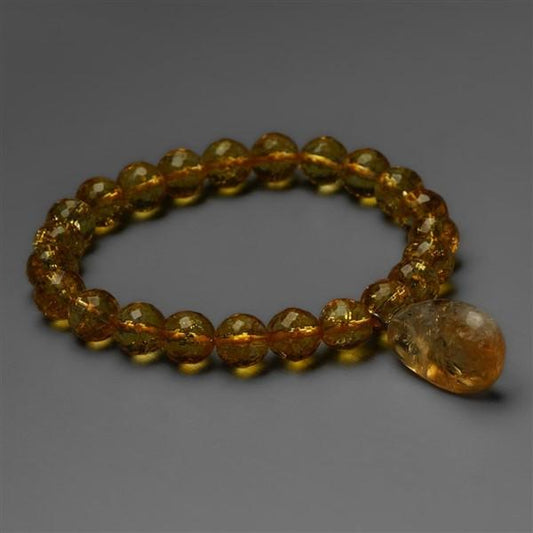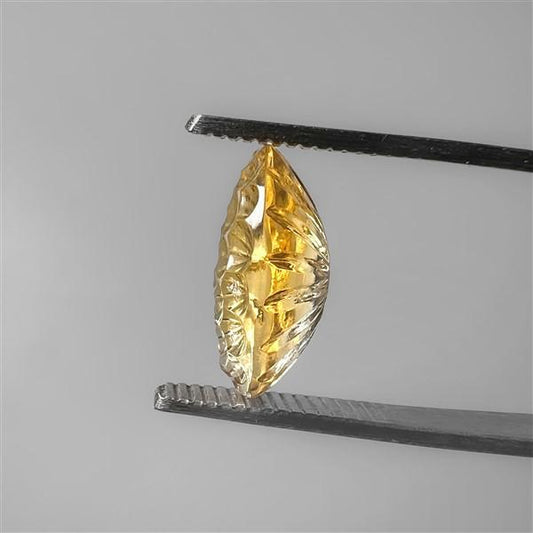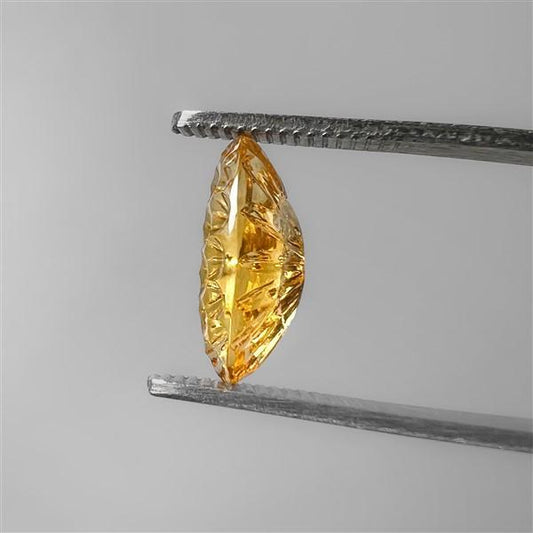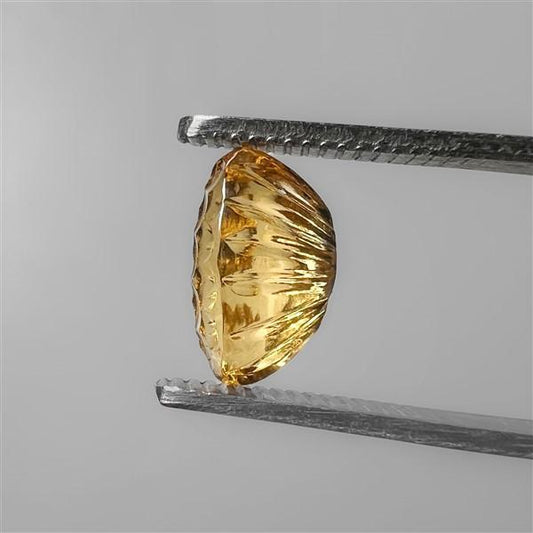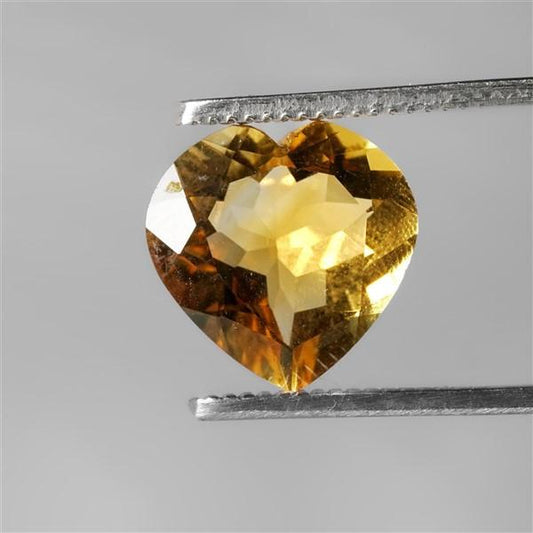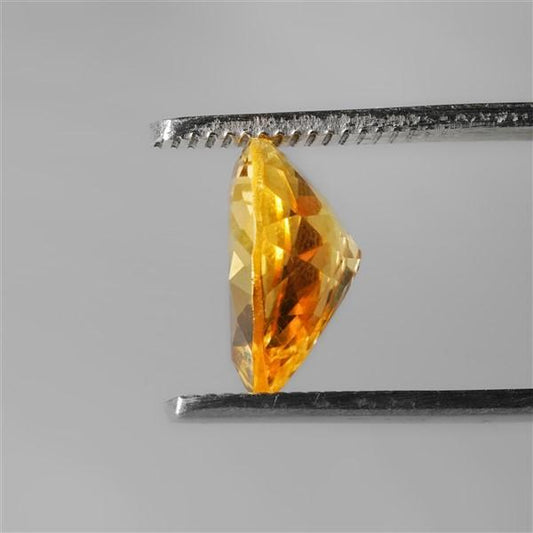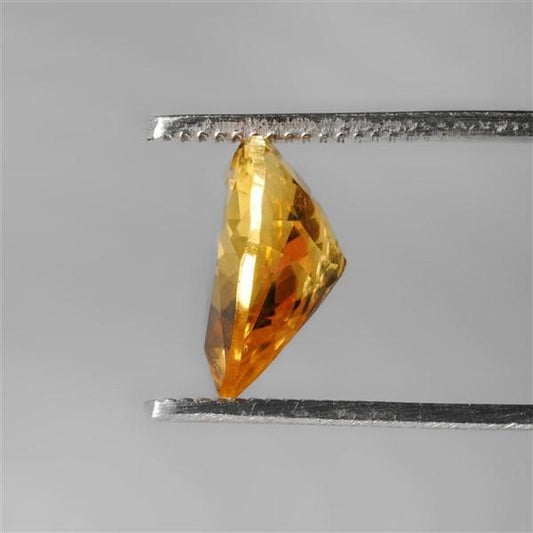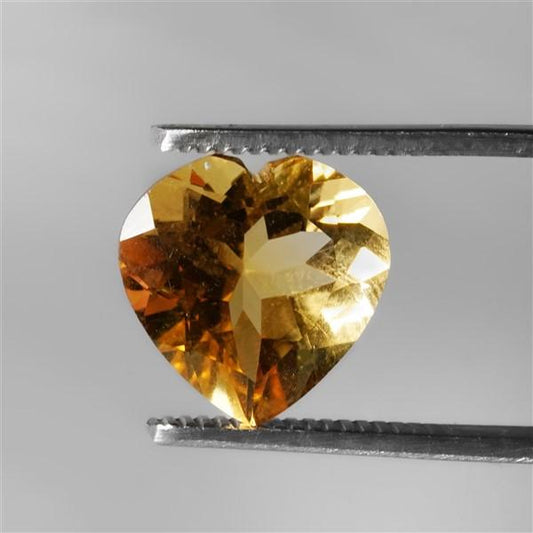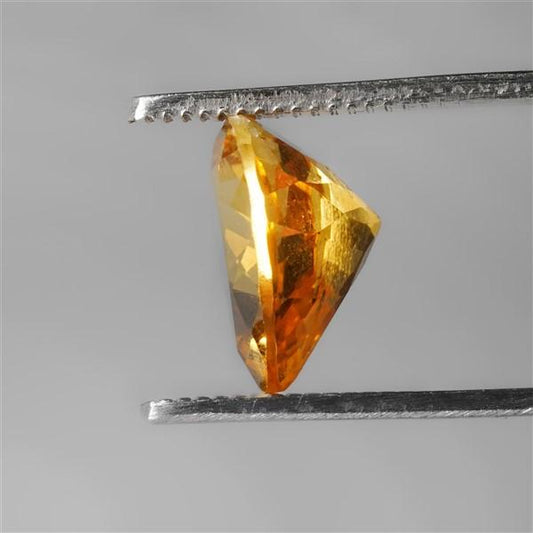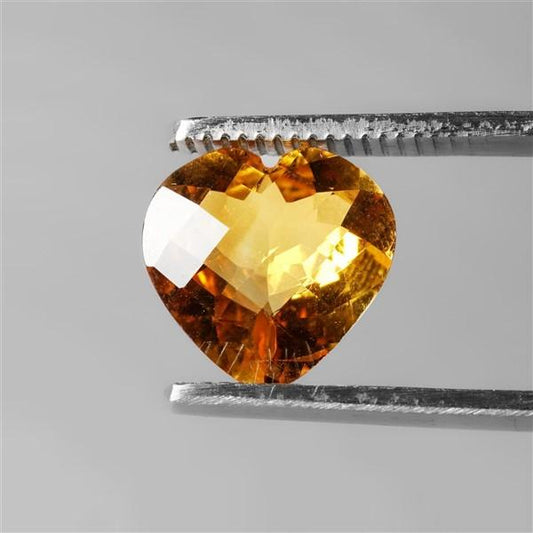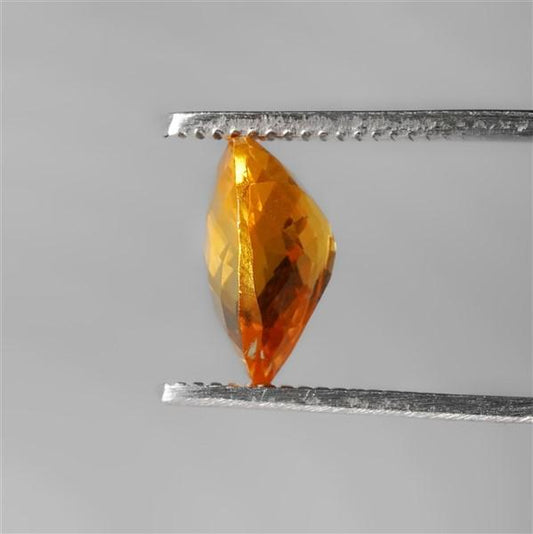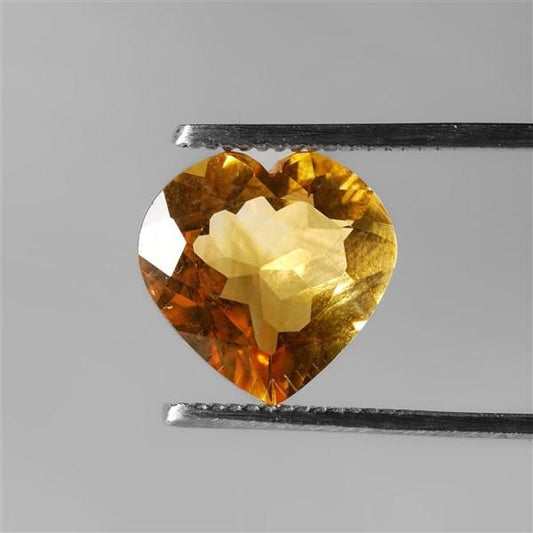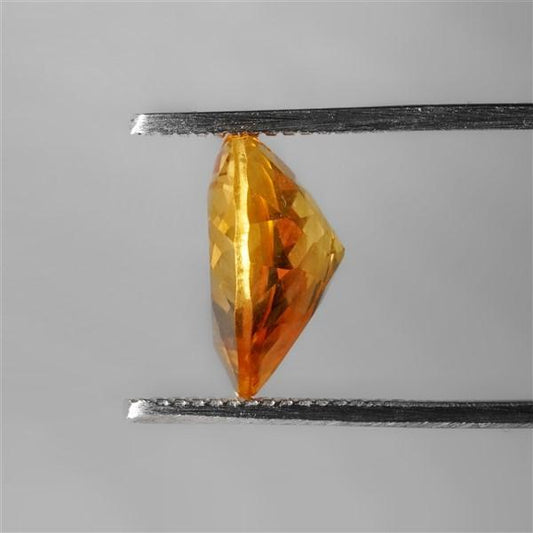-
Citrine Fantasy Cut Carving
SKU: N1451Size: 21 x 21 x 10mmOrigin: BoliviaRegular price $56.00 USDRegular priceUnit price per -
Citrine Fantasy Cut Carving
SKU: N1456Size: 23x23x10mmOrigin: BoliviaRegular price $62.00 USDRegular priceUnit price per -
Faceted Citrine Beads Bracelet
SKU: N1504Size: 8mmOrigin: BoliviaRegular price $24.00 USDRegular priceUnit price per -
Faceted Brandy Citrine Beads Bracelet
SKU: N1506Size: 8mmOrigin: BoliviaRegular price $18.00 USDRegular priceUnit price per -
Faceted Brandy Citrine Beads Bracelet
SKU: N1507Size: 6mmOrigin: BoliviaRegular price $15.00 USDRegular priceUnit price per -
Faceted Brandy Citrine Beads Bracelet
SKU: N1508Size: 6mmOrigin: BoliviaRegular price $16.00 USDRegular priceUnit price per -
Faceted Brandy Citrine Beads Bracelet
SKU: N1509Size: 8mmOrigin: BoliviaRegular price $20.00 USDRegular priceUnit price per -
Citrine Fantasy Cut Carving
SKU: N4530Size: 16x12x7 mmOrigin: MadagascarRegular price $20.00 USDRegular priceUnit price per -
Citrine Fantasy Cut Carving
SKU: N4531Size: 15x11x8 mmOrigin: MadagascarRegular price $16.00 USDRegular priceUnit price per -
Citrine Fantasy Cut Carving
SKU: N4532Size: 16x10x7 mmOrigin: MadagascarRegular price $18.00 USDRegular priceUnit price per -
Citrine Fantasy Cut Carving
SKU: N4533Size: 17x12x9 mmOrigin: MadagascarRegular price $18.00 USDRegular priceUnit price per -
Citrine Fantasy Cut Carving
SKU: N4535Size: 12x8x7 mmOrigin: MadagascarRegular price $14.00 USDRegular priceUnit price per -
Faceted Citrine Heart
SKU: N5175Size: 12X13X8 mmOrigin: MadagascarRegular price $14.00 USDRegular priceUnit price per -
Faceted Citrine Heart
SKU: N5176Size: 13X14X7 mmOrigin: MadagascarRegular price $14.00 USDRegular priceUnit price per -
Faceted Citrine Heart
SKU: N5178Size: 12X13X6 mmOrigin: MadagascarRegular price $14.00 USDRegular priceUnit price per -
Faceted Citrine Heart
SKU: N5179Size: 14X13X8 mmOrigin: MadagascarRegular price $14.00 USDRegular priceUnit price per -
Faceted Citrine Heart
SKU: N5181Size: 13X13X7 mmOrigin: MadagascarRegular price $14.00 USDRegular priceUnit price per
- New Listings (30/12/2025)
- Shop by Collection
- All Gemstones
-
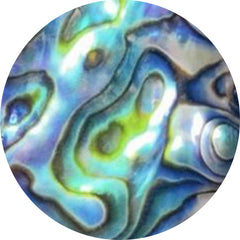 Abalone shell
(121)
Abalone shell
(121)
-
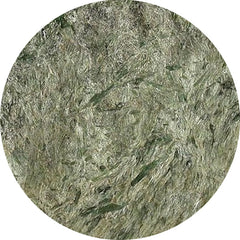 Actinolite
(1)
Actinolite
(1)
-
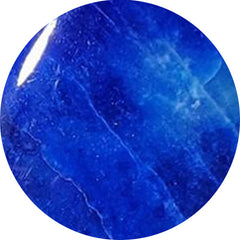 Afghanite
(7)
Afghanite
(7)
-
 Agate
(2483)
Agate
(2483)
-
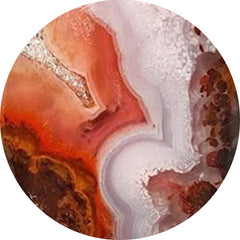 Agua nueva
(11)
Agua nueva
(11)
-
 All gemstones
(1)
All gemstones
(1)
-
 Amazonite
(157)
Amazonite
(157)
-
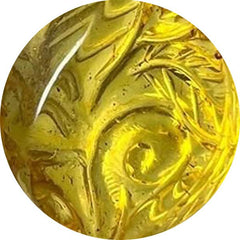 Amber
(96)
Amber
(96)
-
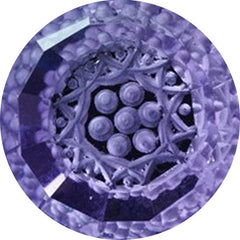 Amethyst
(573)
Amethyst
(573)
-
 Ametrine
(20)
Ametrine
(20)
-
 Ammolite
(21)
Ammolite
(21)
-
 Ammonite
(62)
Ammonite
(62)
-
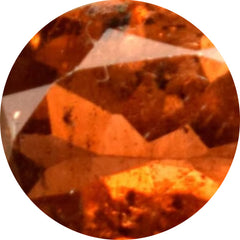 Andalusite
(1)
Andalusite
(1)
-
 Andamooka opal
(0)
Andamooka opal
(0)
-
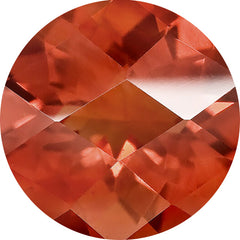 Andesine
(0)
Andesine
(0)
-
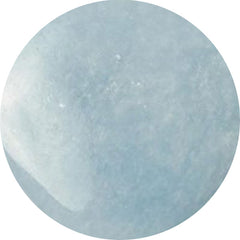 Angelite
(28)
Angelite
(28)
-
 Apache gold
(22)
Apache gold
(22)
-
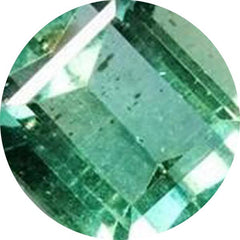 Apatite
(139)
Apatite
(139)
-
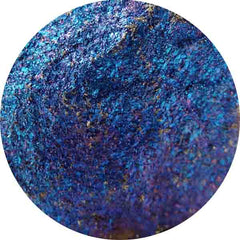 Apophyllite
(1)
Apophyllite
(1)
-
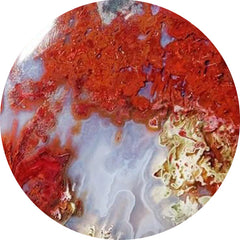 Apple valley agate
(1)
Apple valley agate
(1)
-
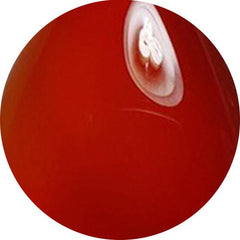 Aqeeq
(0)
Aqeeq
(0)
-
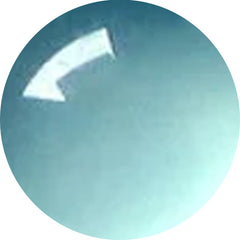 Aqua chalcedony
(19)
Aqua chalcedony
(19)
-
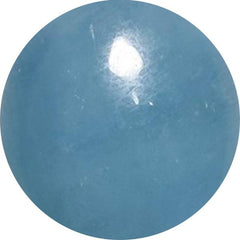 Aquamarine
(72)
Aquamarine
(72)
-
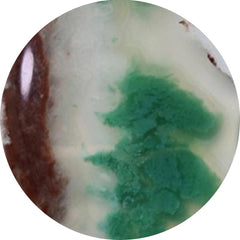 Aquaprase
(60)
Aquaprase
(60)
-
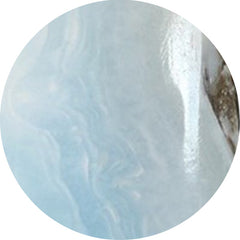 Aragonite
(16)
Aragonite
(16)
-
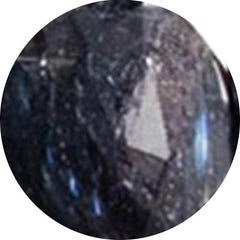 Arfvedsonite
(12)
Arfvedsonite
(12)
-
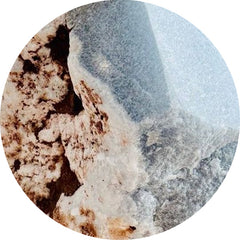 Aristolite
(0)
Aristolite
(0)
-
 Arizona turquoise
(0)
Arizona turquoise
(0)
-
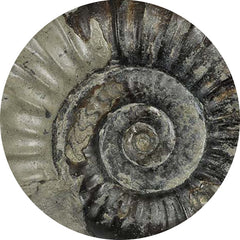 Arnioceras semicostatum fossil
(0)
Arnioceras semicostatum fossil
(0)
-
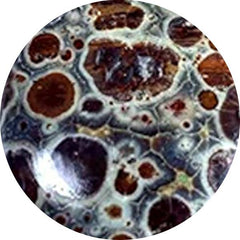 Asteroid jasper
(12)
Asteroid jasper
(12)
-
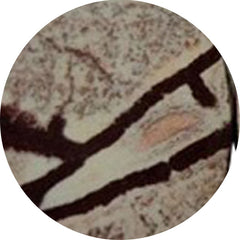 Astrophyllite
(53)
Astrophyllite
(53)
-
 Atlantasite
(87)
Atlantasite
(87)
-
 Aura quartz
(0)
Aura quartz
(0)
-
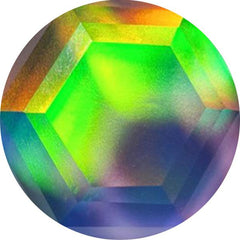 Aurora opal
(292)
Aurora opal
(292)
-
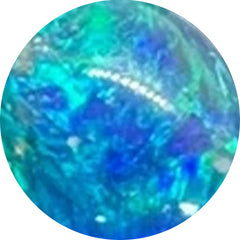 Australian opal
(15)
Australian opal
(15)
-
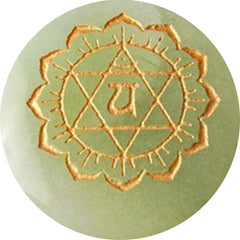 Aventurine
(64)
Aventurine
(64)
-
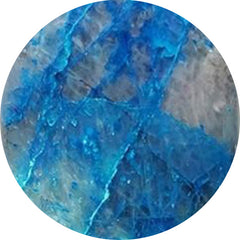 Azurite
(283)
Azurite
(283)
-
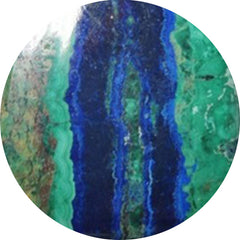 Azurite malachite
(19)
Azurite malachite
(19)
-
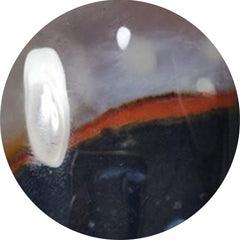 Banded agate
(82)
Banded agate
(82)
-
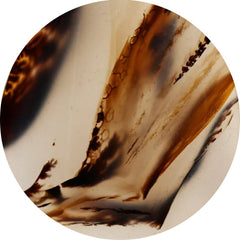 Barber agate
(0)
Barber agate
(0)
-
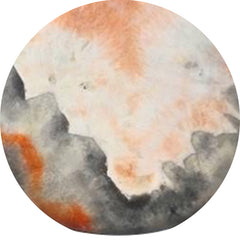 Barite
(13)
Barite
(13)
-
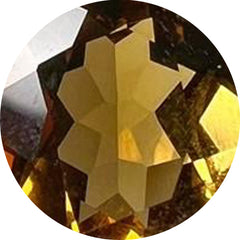 Beer quartz
(23)
Beer quartz
(23)
-
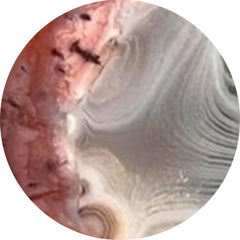 Berber agate
(4)
Berber agate
(4)
-
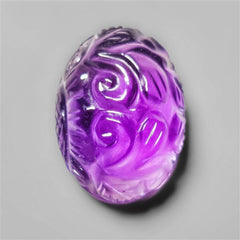 Bestsellers: a selection of our most-loved stones
(390)
Bestsellers: a selection of our most-loved stones
(390)
-
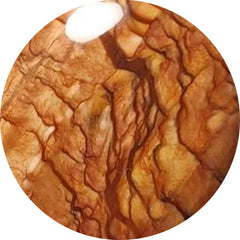 Biggs jasper
(25)
Biggs jasper
(25)
-
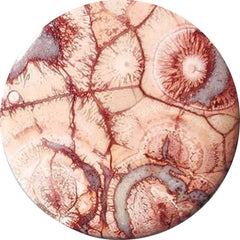 Bird eye jasper
(47)
Bird eye jasper
(47)
-
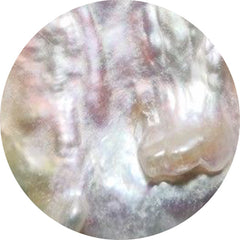 Biwa pearl
(34)
Biwa pearl
(34)
-
 Black friday deals
(32)
Black friday deals
(32)
-
 Black onyx
(178)
Black onyx
(178)
-
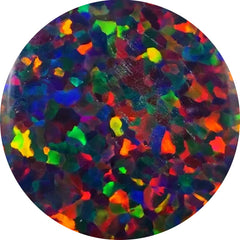 Black opal
(48)
Black opal
(48)
-
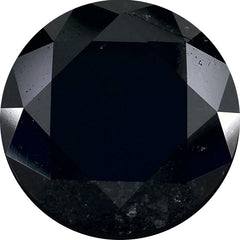 Black spinel
(33)
Black spinel
(33)
-
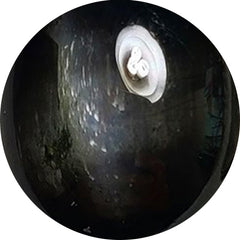 Black star
(30)
Black star
(30)
-
 Black tourmaline
(73)
Black tourmaline
(73)
-
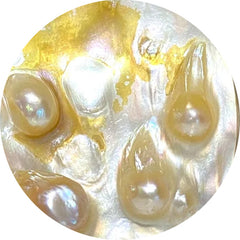 Blister pearl
(30)
Blister pearl
(30)
-
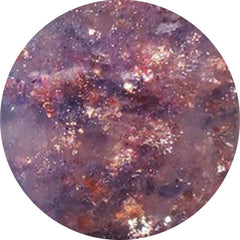 Bloodshot iolite
(76)
Bloodshot iolite
(76)
-
 Bloodstone
(68)
Bloodstone
(68)
-
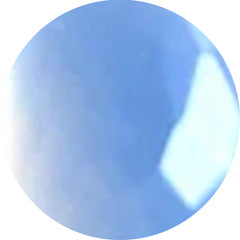 Blue chalcedony
(51)
Blue chalcedony
(51)
-
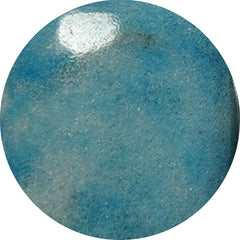 Blue diopside
(0)
Blue diopside
(0)
-
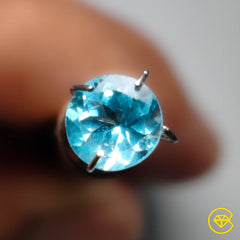 Blue gemstones
(1252)
Blue gemstones
(1252)
-
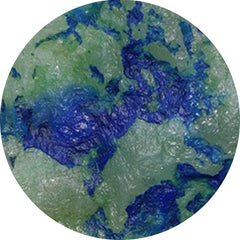 Blue horizon
(15)
Blue horizon
(15)
-
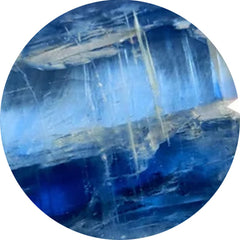 Blue kyanite
(37)
Blue kyanite
(37)
-
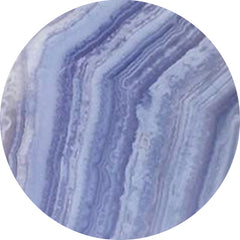 Blue lace agate
(256)
Blue lace agate
(256)
-
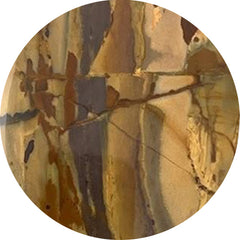 Blue mountain jasper
(0)
Blue mountain jasper
(0)
-
 Blue opal
(156)
Blue opal
(156)
-
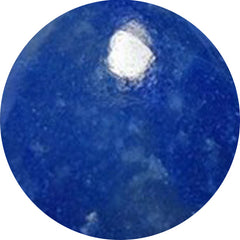 Blue quartz
(40)
Blue quartz
(40)
-
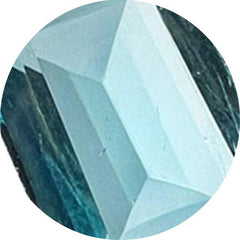 Blue topaz
(51)
Blue topaz
(51)
-
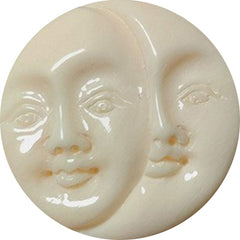 Bone
(9)
Bone
(9)
-
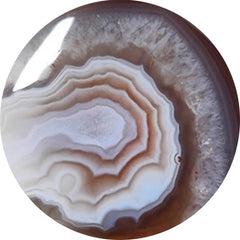 Botswana agate
(244)
Botswana agate
(244)
-
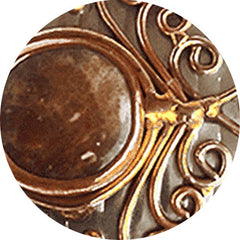 Bronze
(0)
Bronze
(0)
-
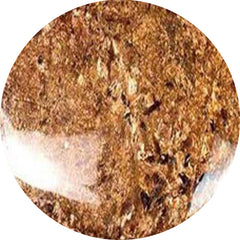 Bronzite
(2)
Bronzite
(2)
-
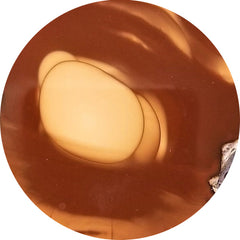 Bruneau jasper
(15)
Bruneau jasper
(15)
-
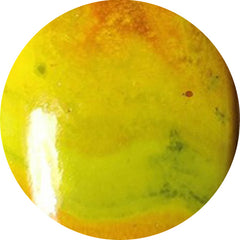 Bumble bee jasper
(198)
Bumble bee jasper
(198)
-
 Buy gemstones in usa
(946)
Buy gemstones in usa
(946)
-
 Cacoxenite
(65)
Cacoxenite
(65)
-
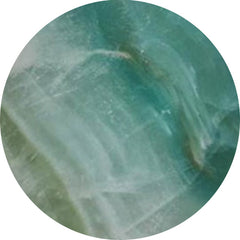 Calcite
(219)
Calcite
(219)
-
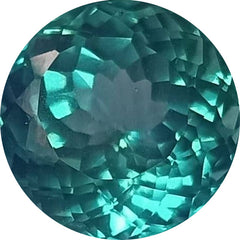 Calibrated
(137)
Calibrated
(137)
-
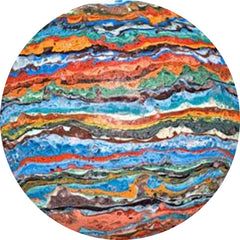 Calsilica
(0)
Calsilica
(0)
-
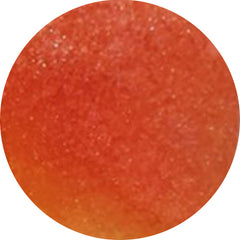 Candy corn
(6)
Candy corn
(6)
-
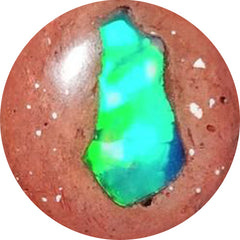 Cantera opal
(17)
Cantera opal
(17)
-
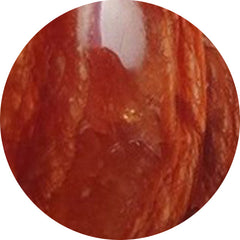 Caramel opal
(2)
Caramel opal
(2)
-
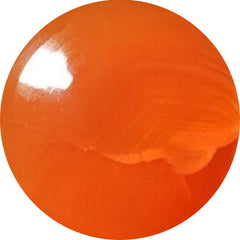 Carnelian
(44)
Carnelian
(44)
-
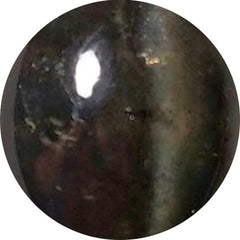 Cats eye
(60)
Cats eye
(60)
-
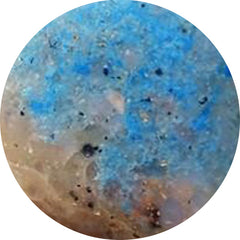 Cavansite
(16)
Cavansite
(16)
-
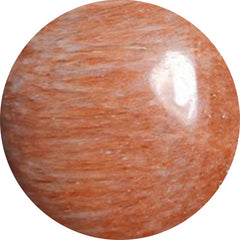 Celestobarite
(7)
Celestobarite
(7)
-
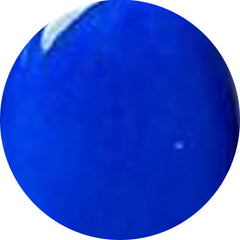 Ceruleite
(0)
Ceruleite
(0)
-
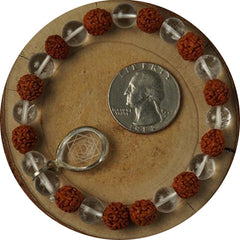 Chakra stone
(31)
Chakra stone
(31)
-
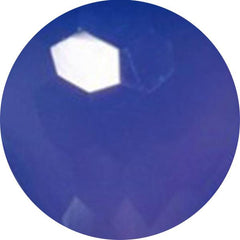 Chalcedony
(443)
Chalcedony
(443)
-
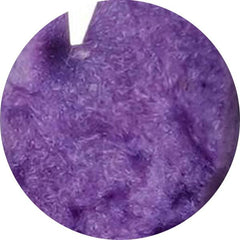 Charoite
(190)
Charoite
(190)
-
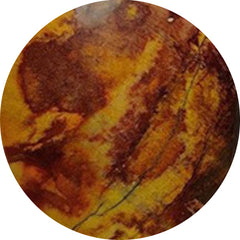 Cherry creek jasper
(10)
Cherry creek jasper
(10)
-
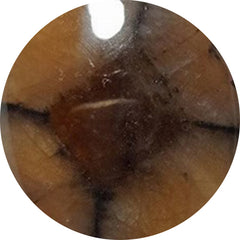 Chiastolite
(16)
Chiastolite
(16)
-
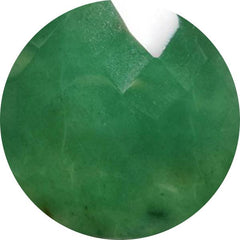 Chrome chalcedony
(78)
Chrome chalcedony
(78)
-
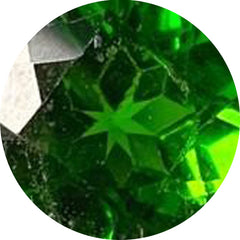 Chrome diopside
(25)
Chrome diopside
(25)
-
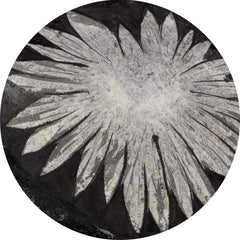 Chrysanthemum fossil
(0)
Chrysanthemum fossil
(0)
-
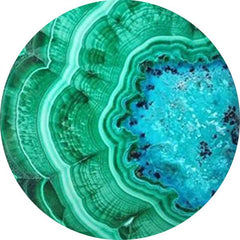 Chrysocolla
(415)
Chrysocolla
(415)
-
 Chrysocolla malachite
(74)
Chrysocolla malachite
(74)
-
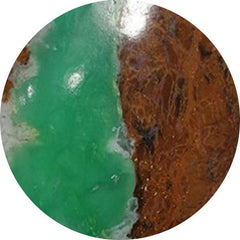 Chrysoprase
(349)
Chrysoprase
(349)
-
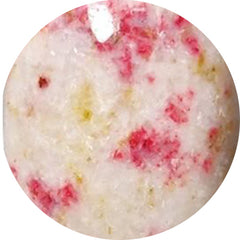 Cinnabar
(15)
Cinnabar
(15)
-
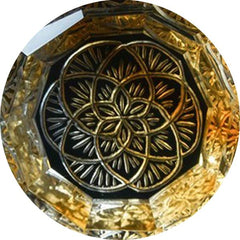 Citrine
(106)
Citrine
(106)
-
 Cobalto calcite
(66)
Cobalto calcite
(66)
-
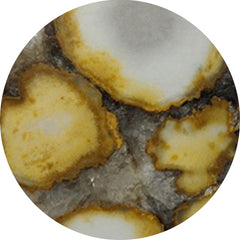 Cobra jasper
(29)
Cobra jasper
(29)
-
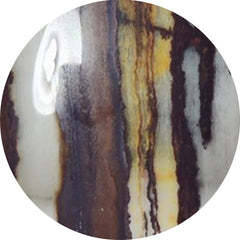 Coconut jasper
(2)
Coconut jasper
(2)
-
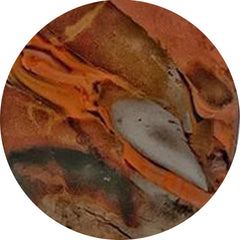 Coffee bean jasper
(2)
Coffee bean jasper
(2)
-
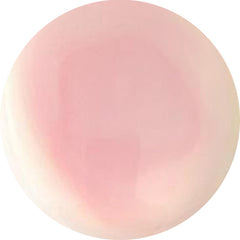 Conch shell
(6)
Conch shell
(6)
-
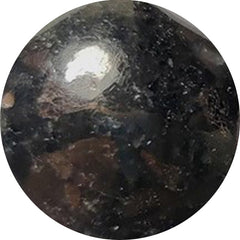 Coppernite
(0)
Coppernite
(0)
-
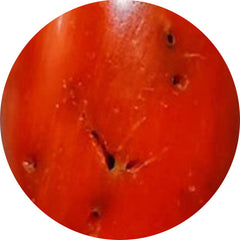 Coral
(350)
Coral
(350)
-
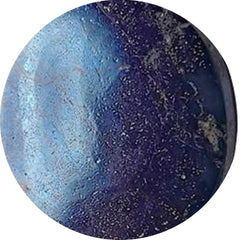 Covellite
(4)
Covellite
(4)
-
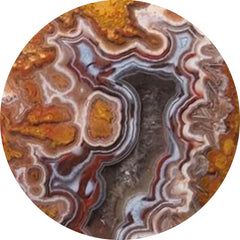 Crazy lace agate
(186)
Crazy lace agate
(186)
-
 Crystal
(201)
Crystal
(201)
-
 Cuprite
(27)
Cuprite
(27)
-
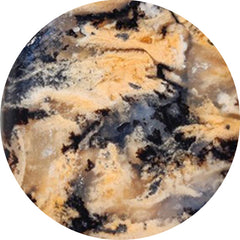 Dendritic agate
(460)
Dendritic agate
(460)
-
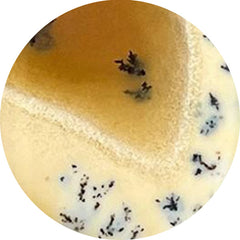 Dendritic opal
(74)
Dendritic opal
(74)
-
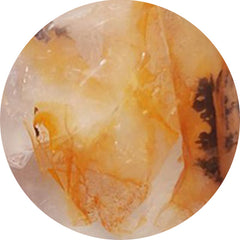 Dendritic quartz
(2)
Dendritic quartz
(2)
-
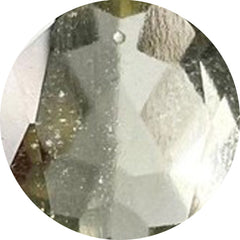 Desert glass
(8)
Desert glass
(8)
-
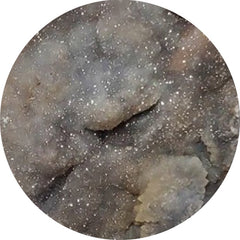 Desert jasper druzy
(14)
Desert jasper druzy
(14)
-
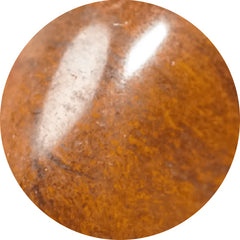 Desert sunset jasper
(11)
Desert sunset jasper
(11)
-
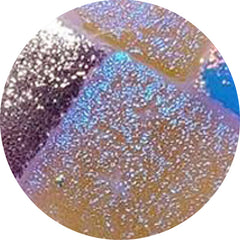 Dichroic glass
(143)
Dichroic glass
(143)
-
 Dinosaur bone fossil
(3)
Dinosaur bone fossil
(3)
-
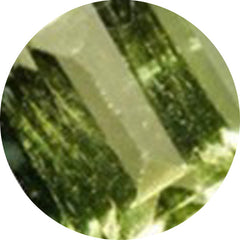 Diopside
(58)
Diopside
(58)
-
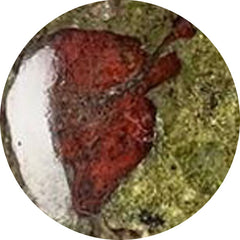 Dragonblood jasper
(1)
Dragonblood jasper
(1)
-
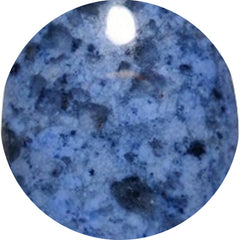 Dumortierite
(60)
Dumortierite
(60)
-
 Email marketing
(41)
Email marketing
(41)
-
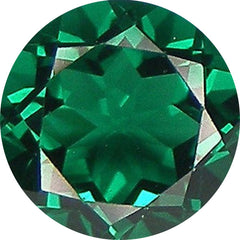 Emerald
(79)
Emerald
(79)
-
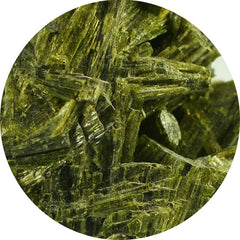 Epidote
(10)
Epidote
(10)
-
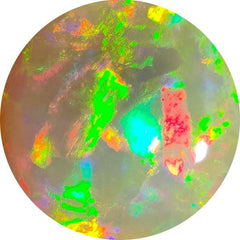 Ethiopian opal
(201)
Ethiopian opal
(201)
-
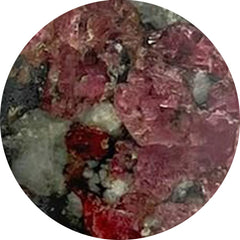 Eudialyte
(11)
Eudialyte
(11)
-
 Fawn jasper
(11)
Fawn jasper
(11)
-
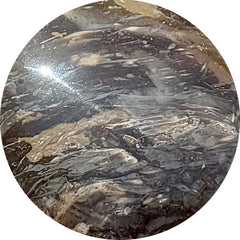 Feather agate
(0)
Feather agate
(0)
-
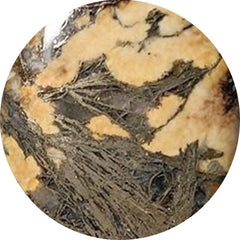 Feather pyrite
(39)
Feather pyrite
(39)
-
 Fine ametrine
(20)
Fine ametrine
(20)
-
 Fine black opal
(6)
Fine black opal
(6)
-
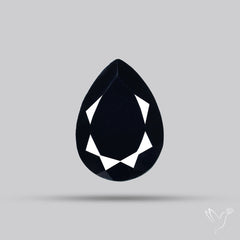 Fine black spinel
(14)
Fine black spinel
(14)
-
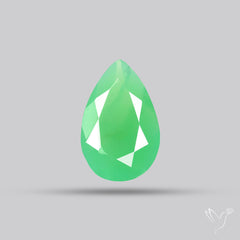 Fine chrysoprase
(16)
Fine chrysoprase
(16)
-
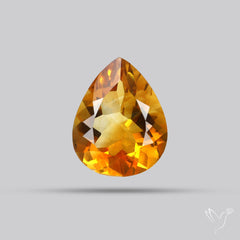 Fine citrine
(23)
Fine citrine
(23)
-
 Fine ethiopian opal
(45)
Fine ethiopian opal
(45)
-
 Fine fire opal
(20)
Fine fire opal
(20)
-
 Fine gemstones
(1321)
Fine gemstones
(1321)
-
 Fine heliodor
(27)
Fine heliodor
(27)
-
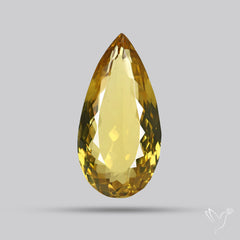 Fine lemon quartz
(11)
Fine lemon quartz
(11)
-
 Fine lepidocrocite
(78)
Fine lepidocrocite
(78)
-
 Fine moissanite
(8)
Fine moissanite
(8)
-
 Fine moldavite
(18)
Fine moldavite
(18)
-
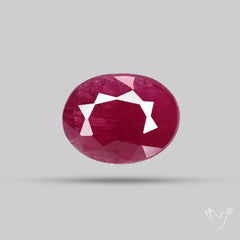 Fine ruby
(15)
Fine ruby
(15)
-
 Fine rutilated quartz
(31)
Fine rutilated quartz
(31)
-
 Fine tsavorite
(33)
Fine tsavorite
(33)
-
 Fire agate
(6)
Fire agate
(6)
-
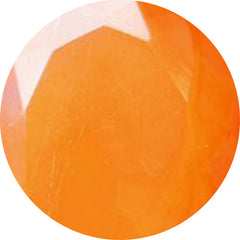 Fire opal
(47)
Fire opal
(47)
-
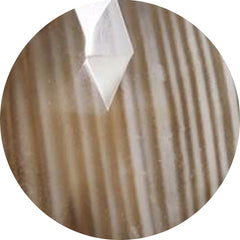 Flint stone
(10)
Flint stone
(10)
-
 Fluorite
(149)
Fluorite
(149)
-
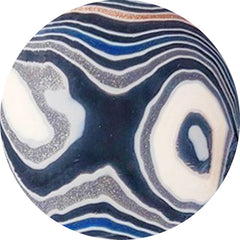 Fordite
(62)
Fordite
(62)
-
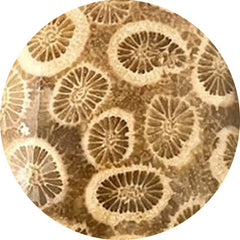 Fossil coral
(318)
Fossil coral
(318)
-
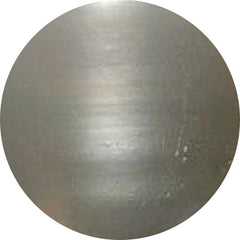 Fossil marston marble
(19)
Fossil marston marble
(19)
-
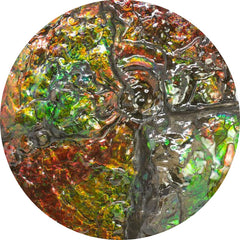 Fossils
(504)
Fossils
(504)
-
 Freshwater pearl
(22)
Freshwater pearl
(22)
-
 Fruit jasper
(14)
Fruit jasper
(14)
-
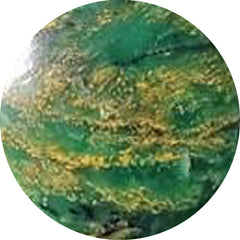 Fuchsite
(7)
Fuchsite
(7)
-
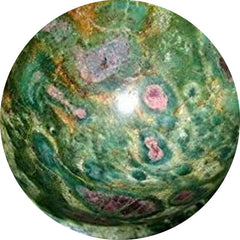 Fuschite
(10)
Fuschite
(10)
-
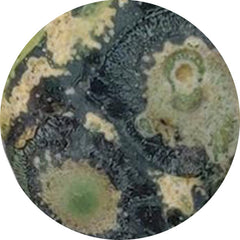 Galaxy jasper
(9)
Galaxy jasper
(9)
-
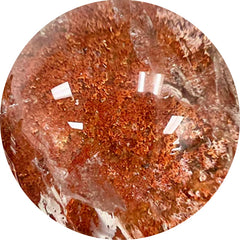 Garden quartz
(6)
Garden quartz
(6)
-
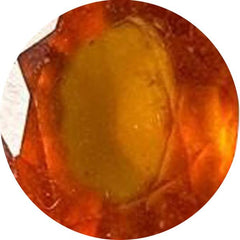 Garnet
(137)
Garnet
(137)
-
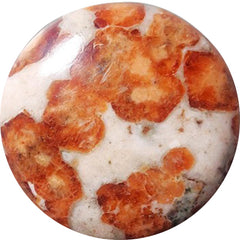 Garnet in limestone
(36)
Garnet in limestone
(36)
-
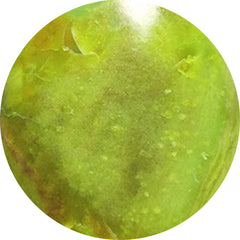 Gaspeite
(12)
Gaspeite
(12)
-
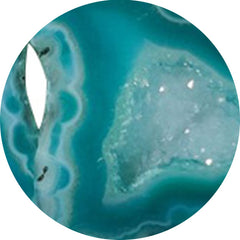 Geode
(31)
Geode
(31)
-
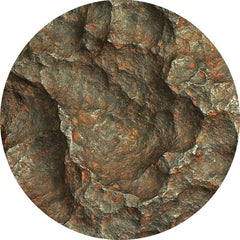 Gibeon meteorite
(23)
Gibeon meteorite
(23)
-
 Gila monster agate
(16)
Gila monster agate
(16)
-
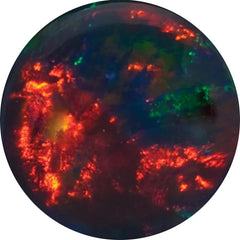 Gilson opal
(22)
Gilson opal
(22)
-
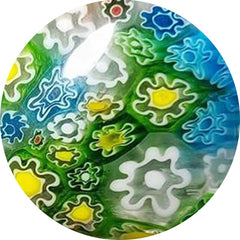 Glass
(179)
Glass
(179)
-
 Glow stone
(12)
Glow stone
(12)
-
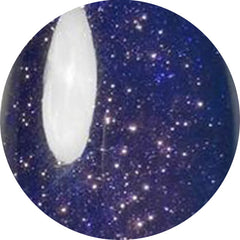 Goldstone
(34)
Goldstone
(34)
-
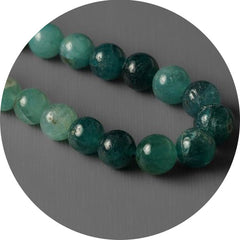 Grandidierite
(7)
Grandidierite
(7)
-
 Grape agate
(114)
Grape agate
(114)
-
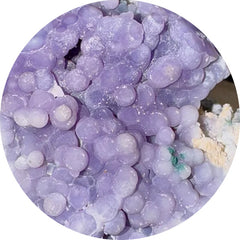 Grape chalcedony
(4)
Grape chalcedony
(4)
-
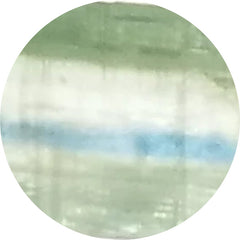 Green kyanite
(7)
Green kyanite
(7)
-
 Green prase opal
(8)
Green prase opal
(8)
-
 Green tourmaline
(23)
Green tourmaline
(23)
-
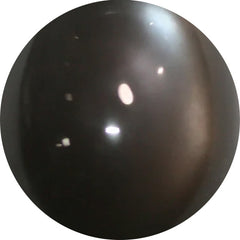 Grey moonstone
(31)
Grey moonstone
(31)
-
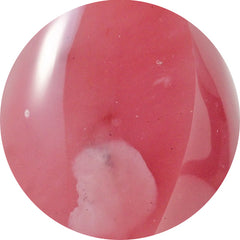 Guava quartz
(6)
Guava quartz
(6)
-
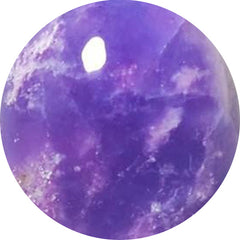 Hackmanite
(11)
Hackmanite
(11)
-
 Heart carving
(349)
Heart carving
(349)
-
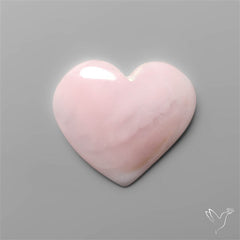 Heart shape gemstones
(3)
Heart shape gemstones
(3)
-
 Heliodor
(27)
Heliodor
(27)
-
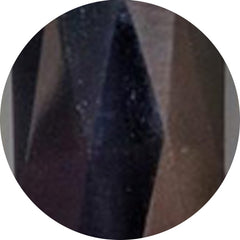 Hematite
(37)
Hematite
(37)
-
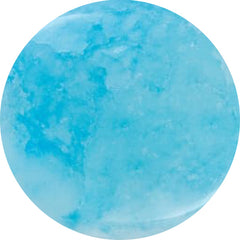 Hemimorphite
(54)
Hemimorphite
(54)
-
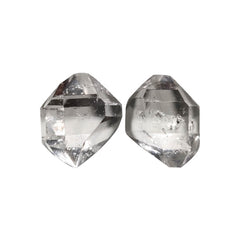 Herkimer diamond
(38)
Herkimer diamond
(38)
-
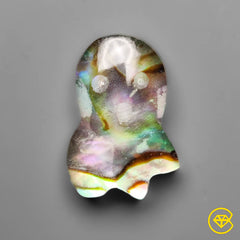 Himalayan quartz
(433)
Himalayan quartz
(433)
-
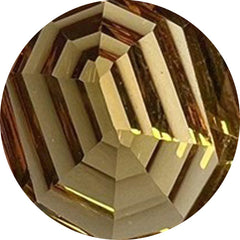 Honey quartz
(19)
Honey quartz
(19)
-
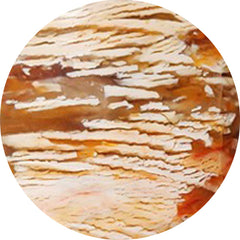 Howardite opal
(28)
Howardite opal
(28)
-
 Howlite
(5)
Howlite
(5)
-
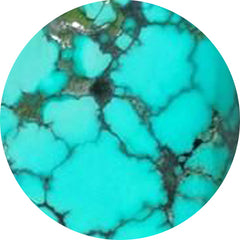 Hubei turquoise
(46)
Hubei turquoise
(46)
-
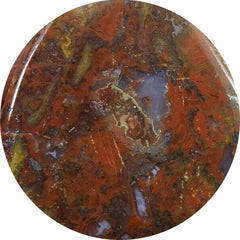 Hungarian agate
(1)
Hungarian agate
(1)
-
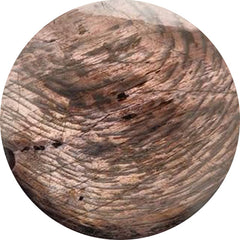 Hypersthene
(42)
Hypersthene
(42)
-
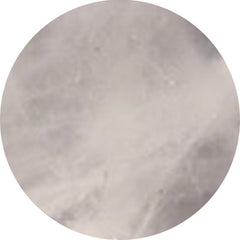 Ice quartz
(1)
Ice quartz
(1)
-
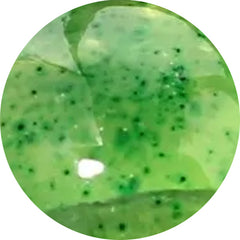 Idocrase
(1)
Idocrase
(1)
-
 Imperial jasper
(115)
Imperial jasper
(115)
-
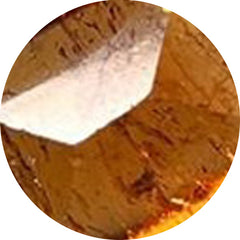 Imperial topaz
(0)
Imperial topaz
(0)
-
 Indian paint stone
(5)
Indian paint stone
(5)
-
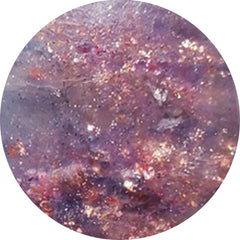 Iolite
(168)
Iolite
(168)
-
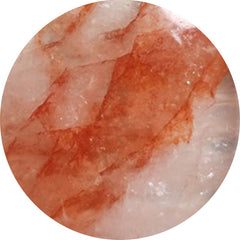 Iron quartz
(48)
Iron quartz
(48)
-
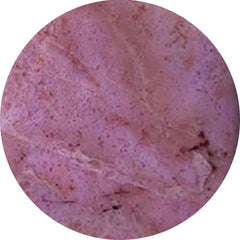 Jade
(34)
Jade
(34)
-
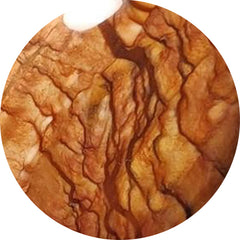 Jaspers
(30)
Jaspers
(30)
-
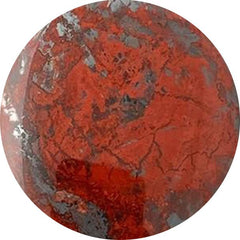 Jaspillite
(3)
Jaspillite
(3)
-
 Java chalcedony
(16)
Java chalcedony
(16)
-
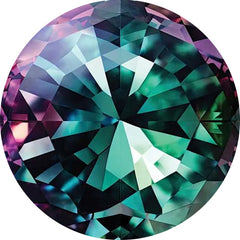 June birthstones: moonstone, pearl, and alexandrite
(1043)
June birthstones: moonstone, pearl, and alexandrite
(1043)
-
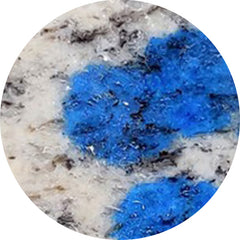 K2 jasper
(7)
K2 jasper
(7)
-
 Kaleidoscope agate
(0)
Kaleidoscope agate
(0)
-
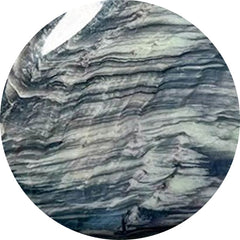 Kammererite
(103)
Kammererite
(103)
-
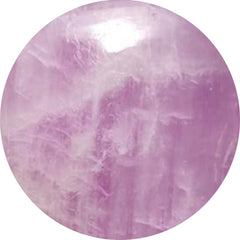 Kunzite
(7)
Kunzite
(7)
-
 Kyanite
(105)
Kyanite
(105)
-
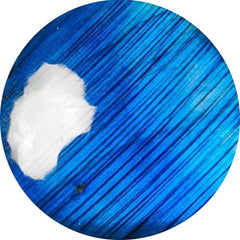 Labradorite
(271)
Labradorite
(271)
-
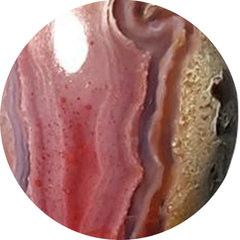 Laguna lace agate
(58)
Laguna lace agate
(58)
-
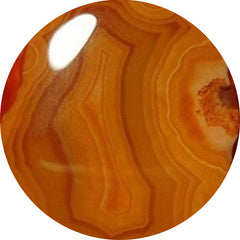 Lake superior agate
(24)
Lake superior agate
(24)
-
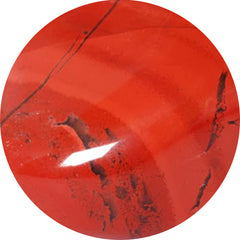 Landscape jasper
(0)
Landscape jasper
(0)
-
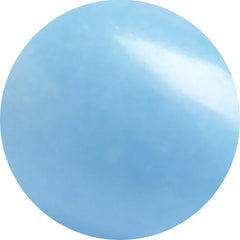 Langite
(0)
Langite
(0)
-
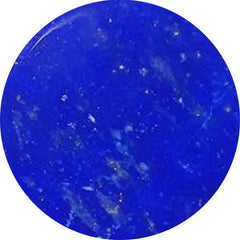 Lapis lazuli
(159)
Lapis lazuli
(159)
-
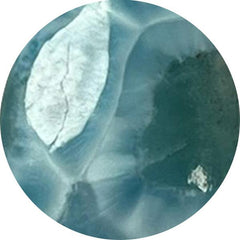 Larimar
(114)
Larimar
(114)
-
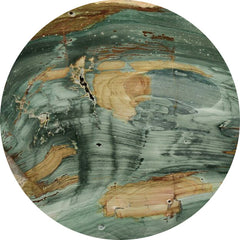 Larsonite
(16)
Larsonite
(16)
-
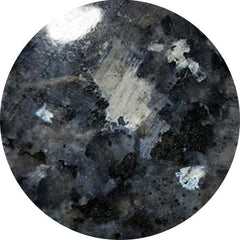 Larvikite feldspar
(47)
Larvikite feldspar
(47)
-
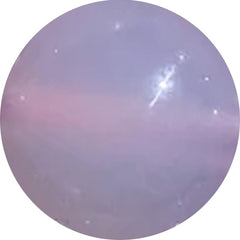 Lavender chalcedony
(17)
Lavender chalcedony
(17)
-
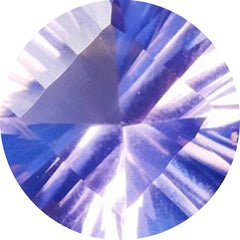 Lavender quartz
(5)
Lavender quartz
(5)
-
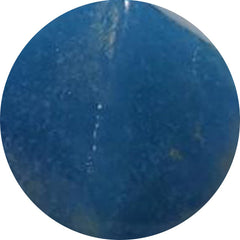 Lazulite
(8)
Lazulite
(8)
-
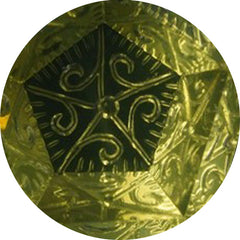 Lemon quartz
(44)
Lemon quartz
(44)
-
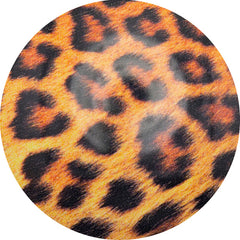 Leopard skin shell
(0)
Leopard skin shell
(0)
-
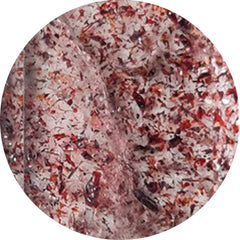 Lepidocrocite
(83)
Lepidocrocite
(83)
-
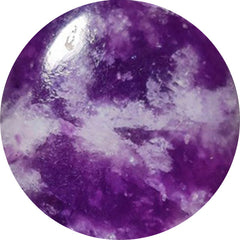 Lepidolite
(79)
Lepidolite
(79)
-
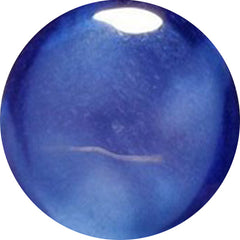 Lindy star sapphire
(0)
Lindy star sapphire
(0)
-
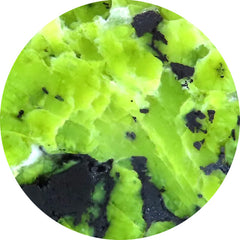 Lizardite
(55)
Lizardite
(55)
-
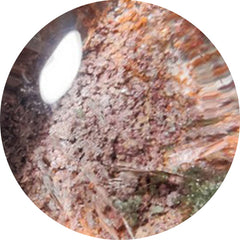 Lodolite
(90)
Lodolite
(90)
-
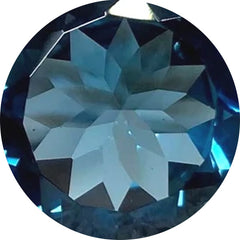 London blue topaz
(10)
London blue topaz
(10)
-
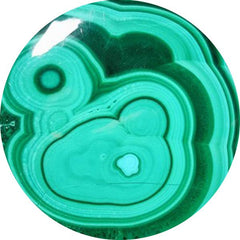 Malachite
(574)
Malachite
(574)
-
 Malawi moonstone
(131)
Malawi moonstone
(131)
-
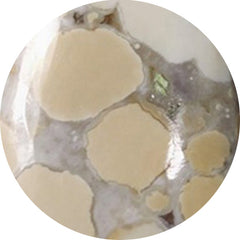 Maligano jasper
(71)
Maligano jasper
(71)
-
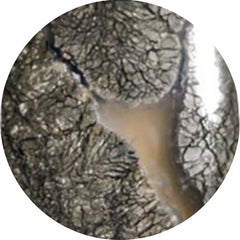 Marcasite
(28)
Marcasite
(28)
-
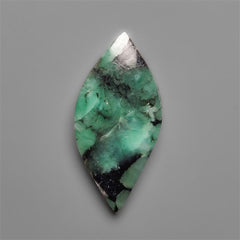 Marquise shape gemstones
(5)
Marquise shape gemstones
(5)
-
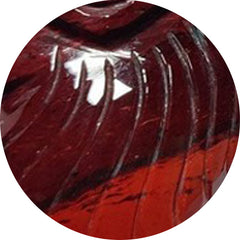 Mary ellen jasper
(0)
Mary ellen jasper
(0)
-
 Maw sit sit
(14)
Maw sit sit
(14)
-
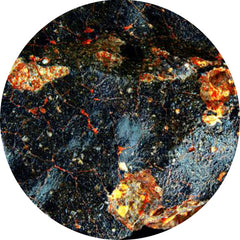 Meteorite
(23)
Meteorite
(23)
-
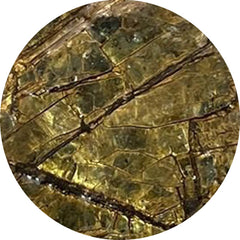 Mica
(42)
Mica
(42)
-
 Midnight quartzite
(20)
Midnight quartzite
(20)
-
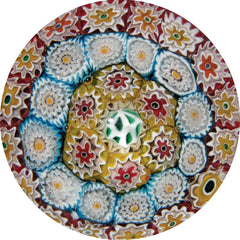 Millefiori glass
(2)
Millefiori glass
(2)
-
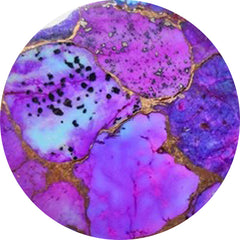 Mohave turquoise
(55)
Mohave turquoise
(55)
-
 Mohawkites
(20)
Mohawkites
(20)
-
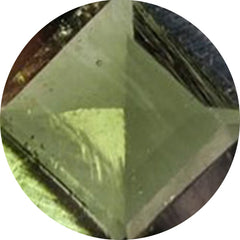 Moldavite
(44)
Moldavite
(44)
-
 Monarch opal
(26)
Monarch opal
(26)
-
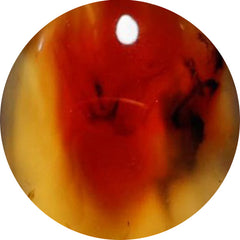 Montana agate
(82)
Montana agate
(82)
-
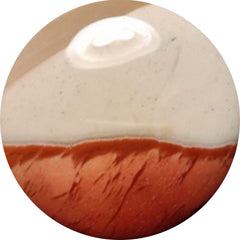 Mookaite
(51)
Mookaite
(51)
-
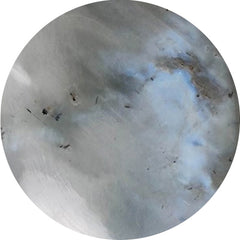 Moonstone
(391)
Moonstone
(391)
-
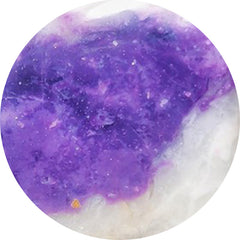 Morado opal
(1)
Morado opal
(1)
-
 Morenci turquoise
(38)
Morenci turquoise
(38)
-
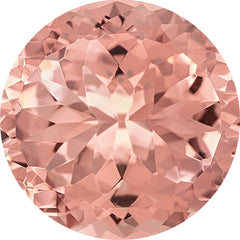 Morganite
(0)
Morganite
(0)
-
 Moroccan seam agate
(117)
Moroccan seam agate
(117)
-
 Moss agate
(394)
Moss agate
(394)
-
 Mother of pearl
(525)
Mother of pearl
(525)
-
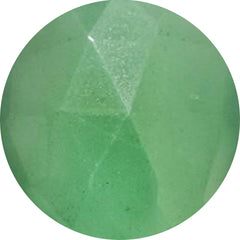 Mtorolite
(46)
Mtorolite
(46)
-
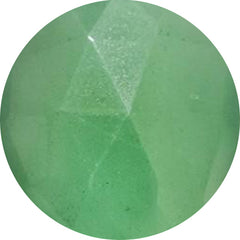 Muscovite
(21)
Muscovite
(21)
-
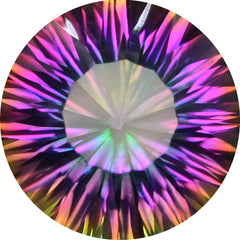 Mystic quartz
(1)
Mystic quartz
(1)
-
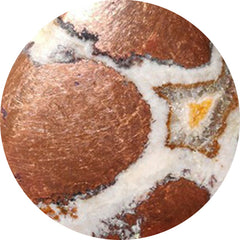 Native copper
(39)
Native copper
(39)
-
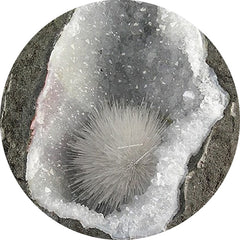 Natrolite
(26)
Natrolite
(26)
-
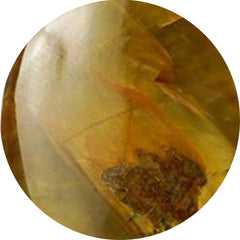 Nellite
(5)
Nellite
(5)
-
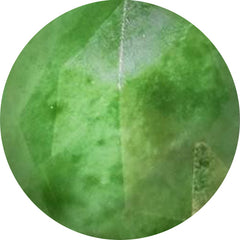 Nephrite jade
(3)
Nephrite jade
(3)
-
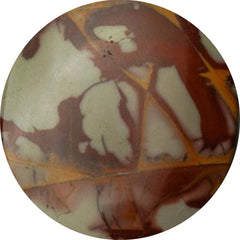 Noreena jasper
(28)
Noreena jasper
(28)
-
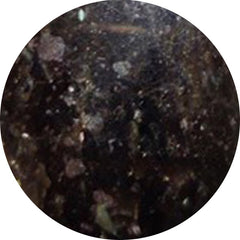 Nuummite
(2)
Nuummite
(2)
-
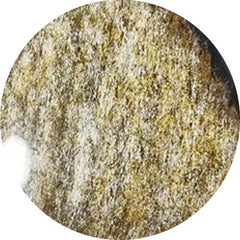 Obsidian
(347)
Obsidian
(347)
-
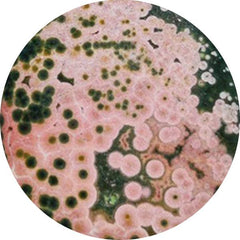 Ocean jasper
(252)
Ocean jasper
(252)
-
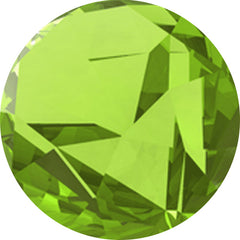 Olive quartz
(5)
Olive quartz
(5)
-
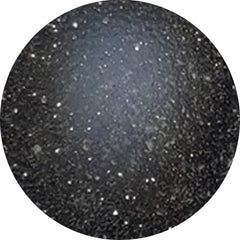 Onyx
(285)
Onyx
(285)
-
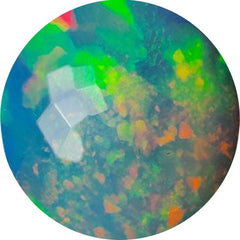 Opal
(1138)
Opal
(1138)
-
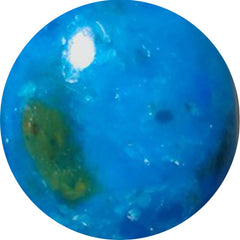 Opalina
(11)
Opalina
(11)
-
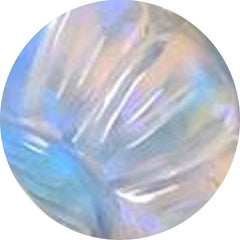 Opalite
(29)
Opalite
(29)
-
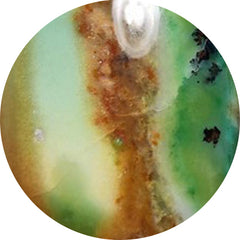 Opalwood
(5)
Opalwood
(5)
-
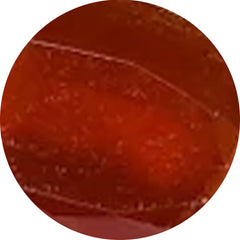 Orange kyanite
(2)
Orange kyanite
(2)
-
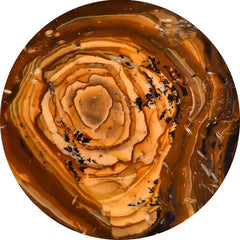 Oregon jasper
(7)
Oregon jasper
(7)
-
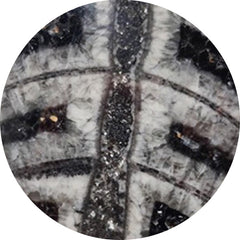 Orthoceras fossil
(35)
Orthoceras fossil
(35)
-
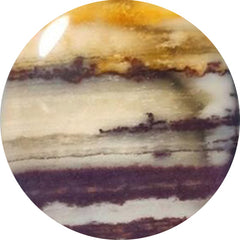 Outback jasper
(5)
Outback jasper
(5)
-
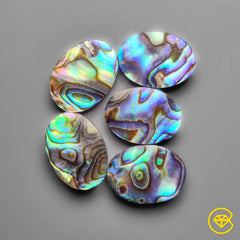 Oval shape gemstones
(6)
Oval shape gemstones
(6)
-
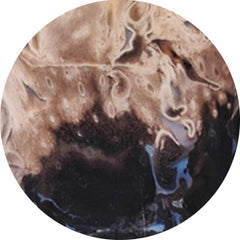 Palmroot agate
(91)
Palmroot agate
(91)
-
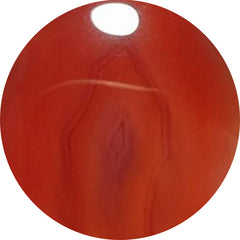 Passion agate
(1)
Passion agate
(1)
-
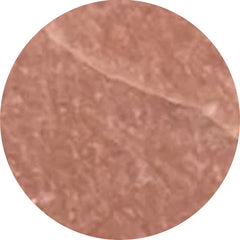 Peach moonstone
(44)
Peach moonstone
(44)
-
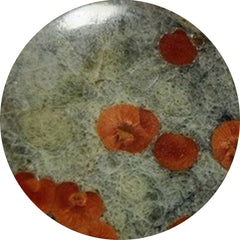 Peanut obsidian
(40)
Peanut obsidian
(40)
-
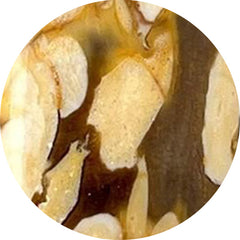 Peanut wood jasper
(179)
Peanut wood jasper
(179)
-
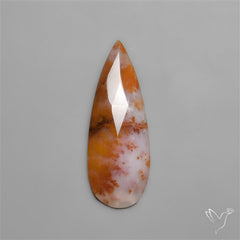 Pear shape gemstones
(9)
Pear shape gemstones
(9)
-
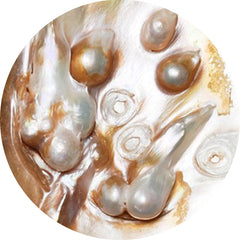 Pearl
(652)
Pearl
(652)
-
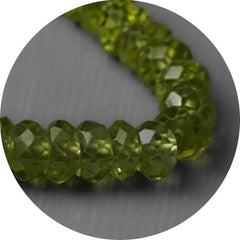 Peridot
(64)
Peridot
(64)
-
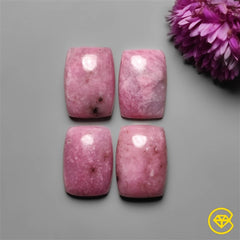 Petalite
(25)
Petalite
(25)
-
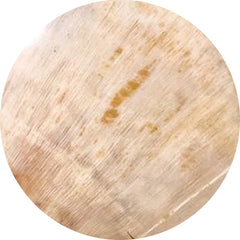 Petrified wood
(53)
Petrified wood
(53)
-
 Phosphosiderite
(93)
Phosphosiderite
(93)
-
 Picasso jasper
(96)
Picasso jasper
(96)
-
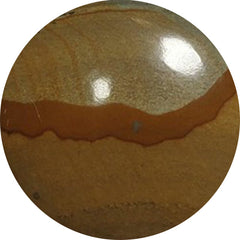 Picture jasper
(96)
Picture jasper
(96)
-
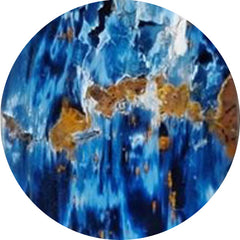 Pietersite
(47)
Pietersite
(47)
-
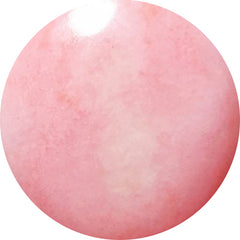 Pink opal
(147)
Pink opal
(147)
-
 Pink tourmaline
(89)
Pink tourmaline
(89)
-
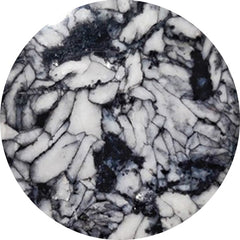 Pinolith
(35)
Pinolith
(35)
-
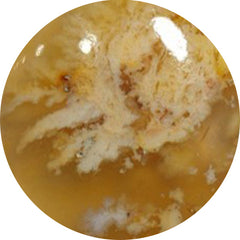 Plume agate
(96)
Plume agate
(96)
-
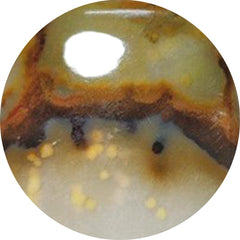 Polka dot agate
(42)
Polka dot agate
(42)
-
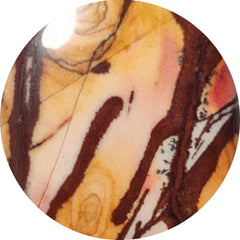 Polychrome jasper
(43)
Polychrome jasper
(43)
-
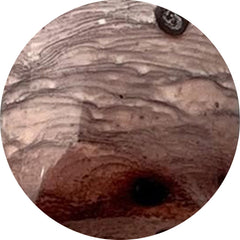 Porcelain jasper
(30)
Porcelain jasper
(30)
-
 Prasiolite
(54)
Prasiolite
(54)
-
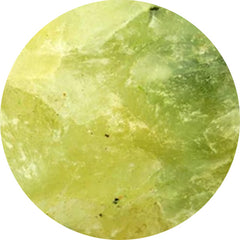 Prehnite
(22)
Prehnite
(22)
-
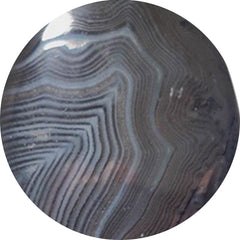 Psilomelane
(23)
Psilomelane
(23)
-
 Purple chalcedony
(44)
Purple chalcedony
(44)
-
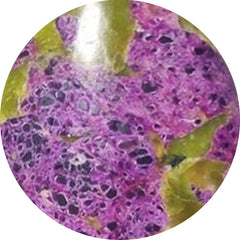 Purpurite
(7)
Purpurite
(7)
-
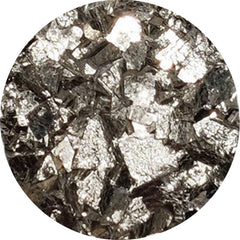 Pyrite
(146)
Pyrite
(146)
-
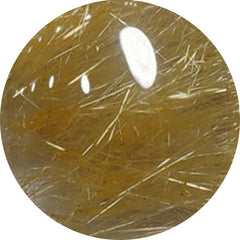 Quartz
(131)
Quartz
(131)
-
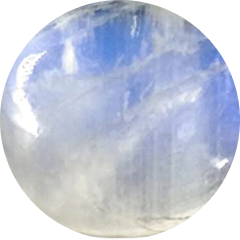 Rain moonstones
(0)
Rain moonstones
(0)
-
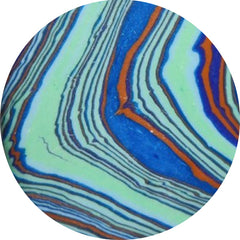 Rainbow calcilica
(11)
Rainbow calcilica
(11)
-
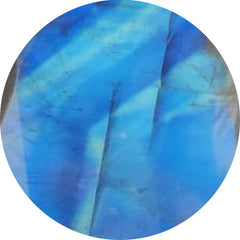 Rainbow moonstone
(84)
Rainbow moonstone
(84)
-
 Red coral
(8)
Red coral
(8)
-
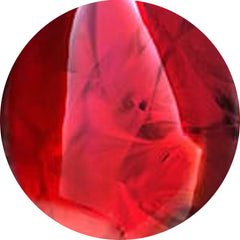 Red fossil
(0)
Red fossil
(0)
-
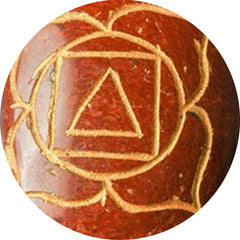 Red jasper
(3)
Red jasper
(3)
-
 Red moss agate
(77)
Red moss agate
(77)
-
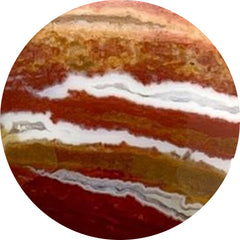 Red river jasper
(17)
Red river jasper
(17)
-
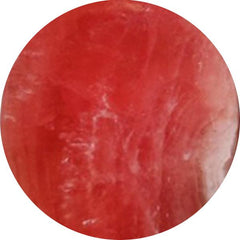 Rhodochrosite
(404)
Rhodochrosite
(404)
-
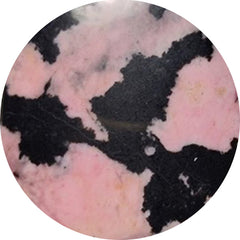 Rhodonite
(91)
Rhodonite
(91)
-
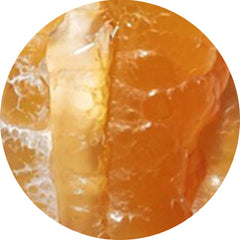 Rock chalcedony
(2)
Rock chalcedony
(2)
-
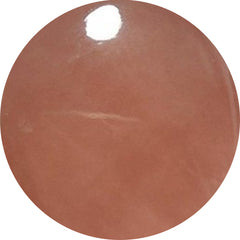 Rose quartz
(53)
Rose quartz
(53)
-
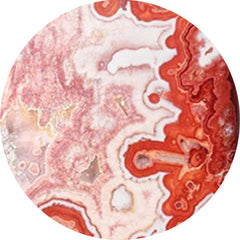 Rosita jasper
(10)
Rosita jasper
(10)
-
 Round shape gemstones
(6)
Round shape gemstones
(6)
-
 Rubellite
(77)
Rubellite
(77)
-
 Ruby
(197)
Ruby
(197)
-
 Ruby in fuchsite
(6)
Ruby in fuchsite
(6)
-
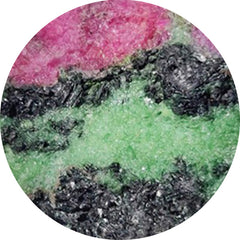 Ruby in zoisite
(91)
Ruby in zoisite
(91)
-
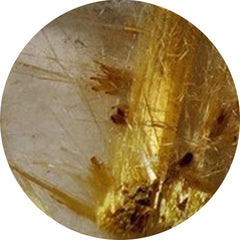 Rutilated quartz
(272)
Rutilated quartz
(272)
-
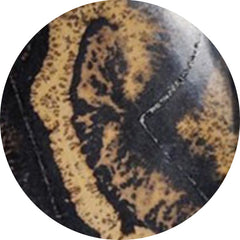 Sage brush jasper
(27)
Sage brush jasper
(27)
-
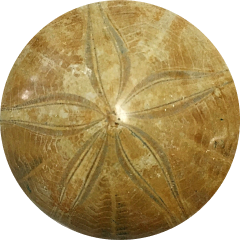 Sand dollar fossil
(3)
Sand dollar fossil
(3)
-
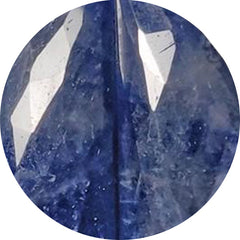 Sapphire
(32)
Sapphire
(32)
-
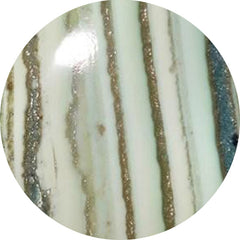 Saturn chalcedony
(45)
Saturn chalcedony
(45)
-
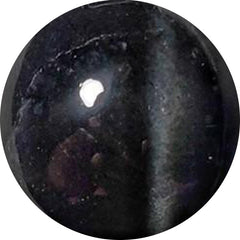 Scapolite
(12)
Scapolite
(12)
-
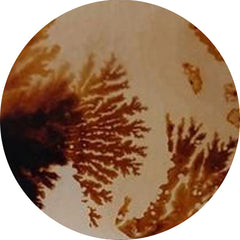 Scenic agate
(95)
Scenic agate
(95)
-
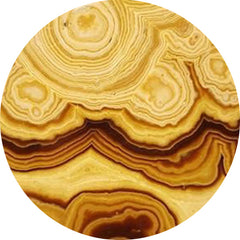 Schalenblende
(89)
Schalenblende
(89)
-
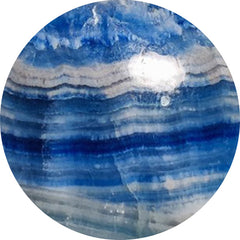 Scheelite
(37)
Scheelite
(37)
-
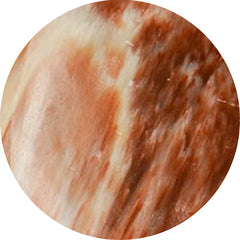 Scolecite
(53)
Scolecite
(53)
-
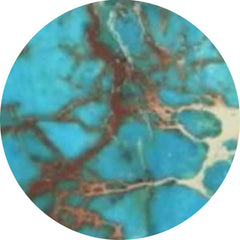 Sea sediment jasper
(0)
Sea sediment jasper
(0)
-
 Selenite
(13)
Selenite
(13)
-
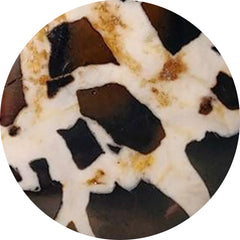 Septarian
(91)
Septarian
(91)
-
 Seraphinite
(79)
Seraphinite
(79)
-
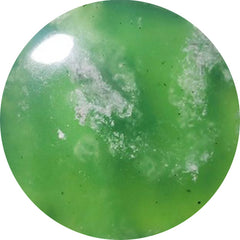 Serpentine
(161)
Serpentine
(161)
-
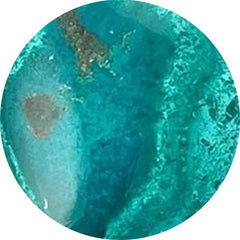 Shattuckite
(277)
Shattuckite
(277)
-
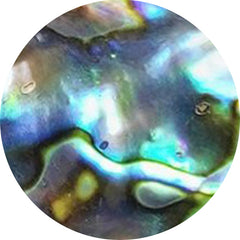 Shell
(307)
Shell
(307)
-
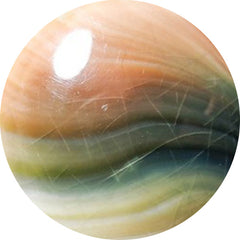 Shiva eye shell
(60)
Shiva eye shell
(60)
-
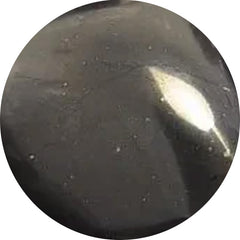 Shungite
(4)
Shungite
(4)
-
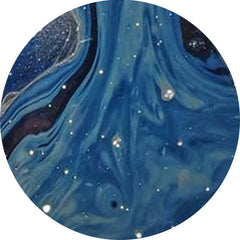 Sieber agate
(0)
Sieber agate
(0)
-
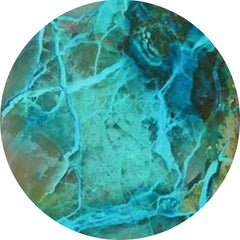 Silica
(4)
Silica
(4)
-
 Silicon
(27)
Silicon
(27)
-
 Silver leaf jasper
(5)
Silver leaf jasper
(5)
-
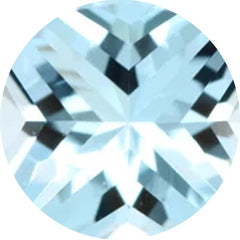 Sky blue topaz
(5)
Sky blue topaz
(5)
-
 Smithsonite
(29)
Smithsonite
(29)
-
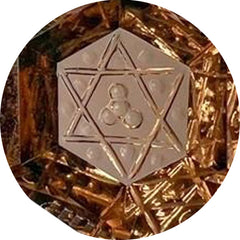 Smoky quartz
(23)
Smoky quartz
(23)
-
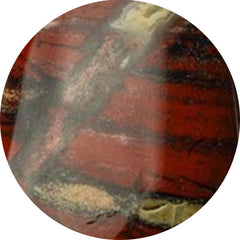 Snakeskin jasper
(48)
Snakeskin jasper
(48)
-
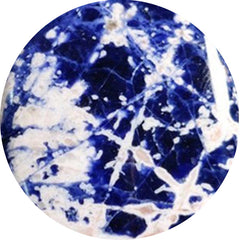 Sodalite
(70)
Sodalite
(70)
-
 Solar agate
(3)
Solar agate
(3)
-
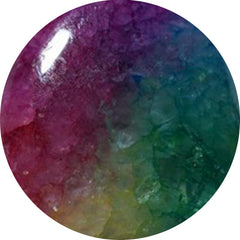 Solar quartz
(62)
Solar quartz
(62)
-
 Sonoran dendritic rhyolite
(22)
Sonoran dendritic rhyolite
(22)
-
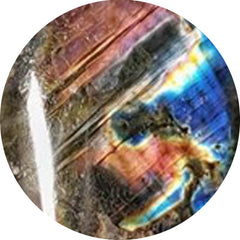 Spectrolite
(118)
Spectrolite
(118)
-
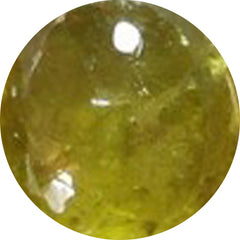 Sphence
(25)
Sphence
(25)
-
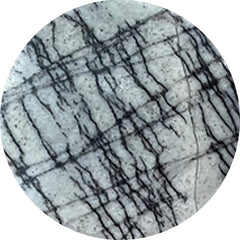 Spiderweb jasper
(1)
Spiderweb jasper
(1)
-
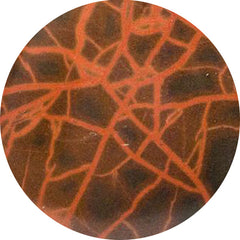 Spiderwoman jasper
(0)
Spiderwoman jasper
(0)
-
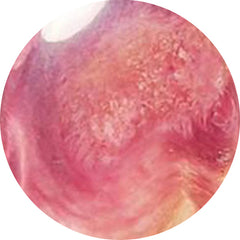 Spiny oyster shell
(66)
Spiny oyster shell
(66)
-
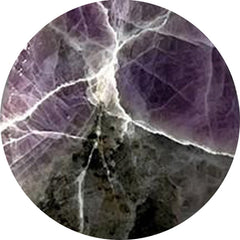 Spurrite
(7)
Spurrite
(7)
-
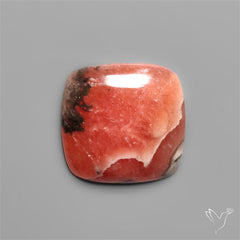 Square shape gemstones
(10)
Square shape gemstones
(10)
-
 Starburst
(2)
Starburst
(2)
-
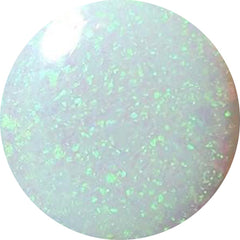 Sterling opal
(10)
Sterling opal
(10)
-
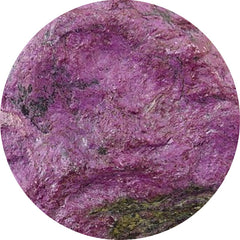 Stichtite
(37)
Stichtite
(37)
-
 Stick agate
(5)
Stick agate
(5)
-
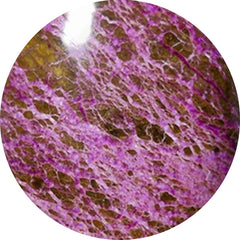 Stitchtite
(123)
Stitchtite
(123)
-
 Stramatolite
(0)
Stramatolite
(0)
-
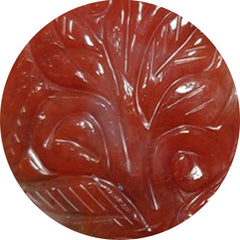 Strawberry quartz
(7)
Strawberry quartz
(7)
-
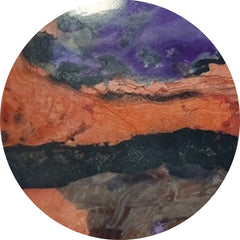 Sugilite
(0)
Sugilite
(0)
-
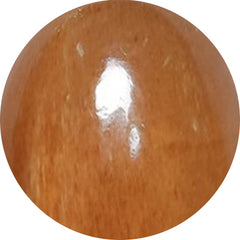 Sunstone
(265)
Sunstone
(265)
-
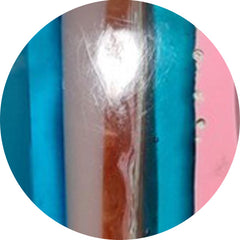 Surfite
(2)
Surfite
(2)
-
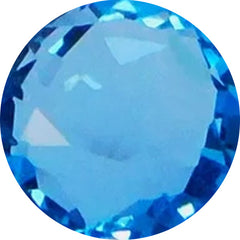 Swiss blue topaz
(32)
Swiss blue topaz
(32)
-
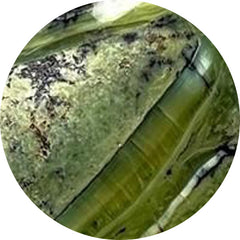 Swiss opal
(3)
Swiss opal
(3)
-
 Tanzanite
(50)
Tanzanite
(50)
-
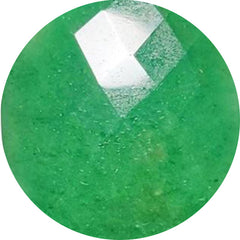 Tanzurine
(11)
Tanzurine
(11)
-
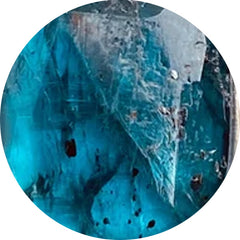 Teal kyanite
(9)
Teal kyanite
(9)
-
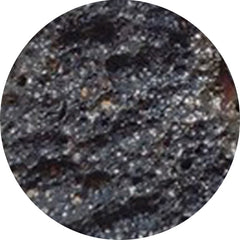 Tektite
(42)
Tektite
(42)
-
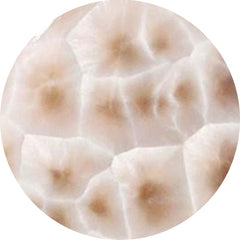 Thomsonite
(35)
Thomsonite
(35)
-
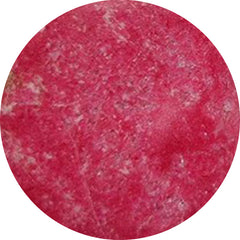 Thulite
(79)
Thulite
(79)
-
 Thunder egg agate
(0)
Thunder egg agate
(0)
-
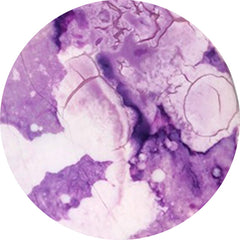 Tiffany stone
(6)
Tiffany stone
(6)
-
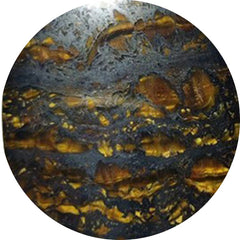 Tiger eye
(65)
Tiger eye
(65)
-
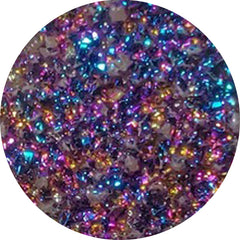 Titanium druzy
(5)
Titanium druzy
(5)
-
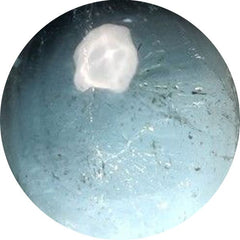 Topaz
(55)
Topaz
(55)
-
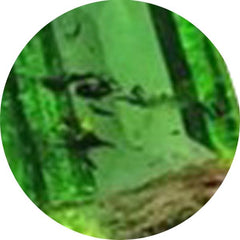 Tourmaline
(235)
Tourmaline
(235)
-
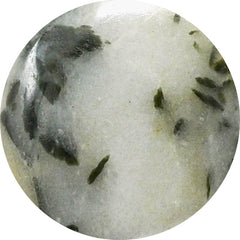 Tourmaline in quartz
(84)
Tourmaline in quartz
(84)
-
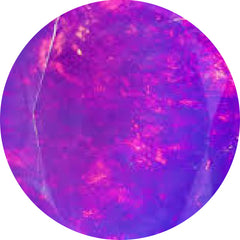 Treated opal
(50)
Treated opal
(50)
-
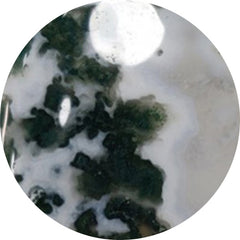 Tree agate
(40)
Tree agate
(40)
-
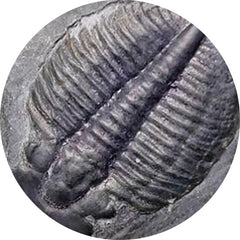 Trilobite fossil
(17)
Trilobite fossil
(17)
-
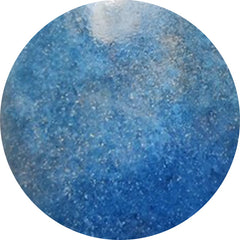 Trolleite quartz
(28)
Trolleite quartz
(28)
-
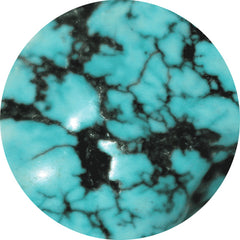 Tumbles
(1)
Tumbles
(1)
-
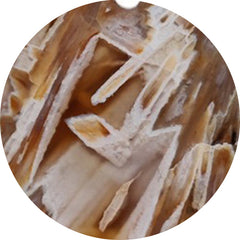 Turkish tube agate
(64)
Turkish tube agate
(64)
-
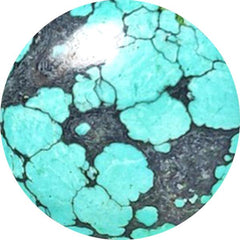 Turquoise
(223)
Turquoise
(223)
-
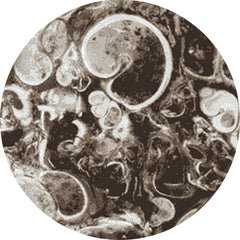 Turritella jasper
(3)
Turritella jasper
(3)
-
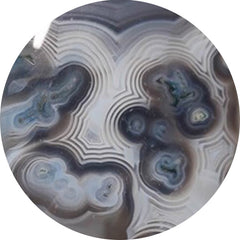 Tuxedo agate
(64)
Tuxedo agate
(64)
-
 Unakite
(3)
Unakite
(3)
-
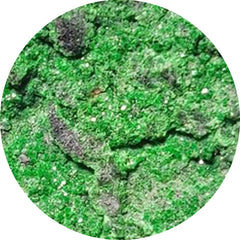 Uvarovite garnet
(3)
Uvarovite garnet
(3)
-
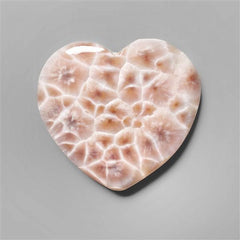 Valentine
(806)
Valentine
(806)
-
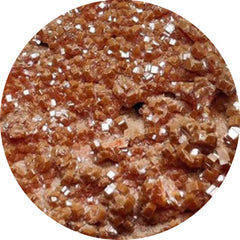 Vanadinite druzy
(9)
Vanadinite druzy
(9)
-
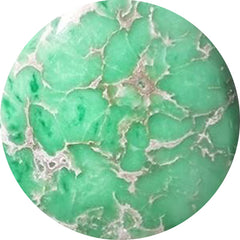 Variscite
(158)
Variscite
(158)
-
 Vesuvianite
(1)
Vesuvianite
(1)
-
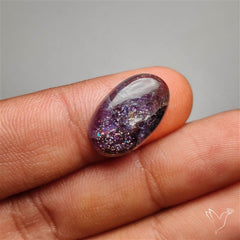 Video collection
(241)
Video collection
(241)
-
 Vivianite
(1)
Vivianite
(1)
-
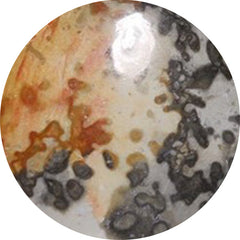 Volcanic cotham marble
(7)
Volcanic cotham marble
(7)
-
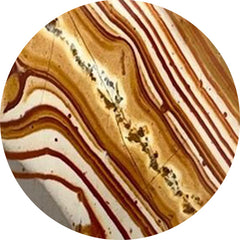 Wagul jasper
(3)
Wagul jasper
(3)
-
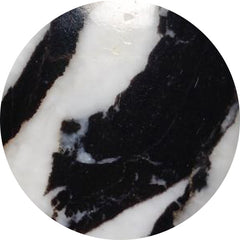 White buffalo turquoise
(13)
White buffalo turquoise
(13)
-
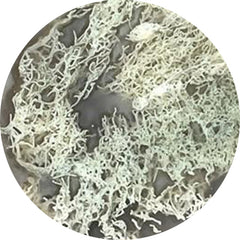 White horse canyon
(45)
White horse canyon
(45)
-
 White moonstone
(35)
White moonstone
(35)
-
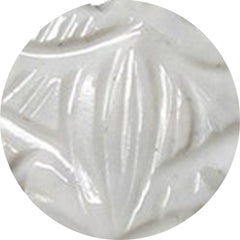 White opal
(12)
White opal
(12)
-
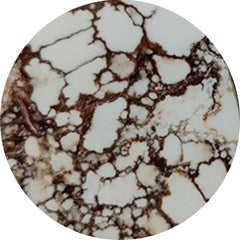 Wild horse jasper
(118)
Wild horse jasper
(118)
-
 Wild horse magnesite
(49)
Wild horse magnesite
(49)
-
 Willow creek jasper
(0)
Willow creek jasper
(0)
-
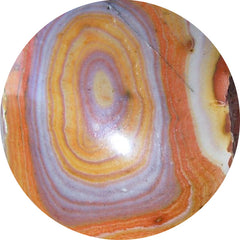 Wonder stone
(0)
Wonder stone
(0)
-
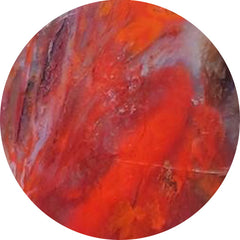 Wood
(207)
Wood
(207)
-
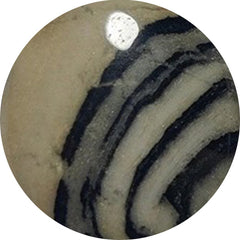 Yavapai travertine
(0)
Yavapai travertine
(0)
-
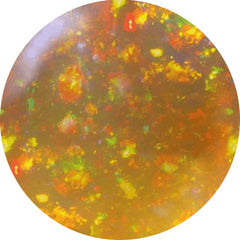 Yellow opal
(7)
Yellow opal
(7)
-
 Yellow sapphire
(6)
Yellow sapphire
(6)
-
 Yemeni aqeeq
(0)
Yemeni aqeeq
(0)
-
 Zarinite
(0)
Zarinite
(0)
-
 Zebra jasper
(1)
Zebra jasper
(1)
-
 Zodiac sign
(1)
Zodiac sign
(1)
-
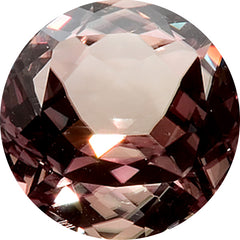 Zultanite
(4)
Zultanite
(4)
ABCDEFGHIJKLMNOPQRSTUVWYZ -
- Popular Gemstones
- Birthstones
- Blogs
- Help
Whatsapp

-
- New Listings (30/12/2025)
- Shop by Collection
- All Gemstones
-
 Abalone shell
(121)
Abalone shell
(121)
-
 Actinolite
(1)
Actinolite
(1)
-
 Afghanite
(7)
Afghanite
(7)
-
 Agate
(2483)
Agate
(2483)
-
 Agua nueva
(11)
Agua nueva
(11)
-
 All gemstones
(1)
All gemstones
(1)
-
 Amazonite
(157)
Amazonite
(157)
-
 Amber
(96)
Amber
(96)
-
 Amethyst
(573)
Amethyst
(573)
-
 Ametrine
(20)
Ametrine
(20)
-
 Ammolite
(21)
Ammolite
(21)
-
 Ammonite
(62)
Ammonite
(62)
-
 Andalusite
(1)
Andalusite
(1)
-
 Andamooka opal
(0)
Andamooka opal
(0)
-
 Andesine
(0)
Andesine
(0)
-
 Angelite
(28)
Angelite
(28)
-
 Apache gold
(22)
Apache gold
(22)
-
 Apatite
(139)
Apatite
(139)
-
 Apophyllite
(1)
Apophyllite
(1)
-
 Apple valley agate
(1)
Apple valley agate
(1)
-
 Aqeeq
(0)
Aqeeq
(0)
-
 Aqua chalcedony
(19)
Aqua chalcedony
(19)
-
 Aquamarine
(72)
Aquamarine
(72)
-
 Aquaprase
(60)
Aquaprase
(60)
-
 Aragonite
(16)
Aragonite
(16)
-
 Arfvedsonite
(12)
Arfvedsonite
(12)
-
 Aristolite
(0)
Aristolite
(0)
-
 Arizona turquoise
(0)
Arizona turquoise
(0)
-
 Arnioceras semicostatum fossil
(0)
Arnioceras semicostatum fossil
(0)
-
 Asteroid jasper
(12)
Asteroid jasper
(12)
-
 Astrophyllite
(53)
Astrophyllite
(53)
-
 Atlantasite
(87)
Atlantasite
(87)
-
 Aura quartz
(0)
Aura quartz
(0)
-
 Aurora opal
(292)
Aurora opal
(292)
-
 Australian opal
(15)
Australian opal
(15)
-
 Aventurine
(64)
Aventurine
(64)
-
 Azurite
(283)
Azurite
(283)
-
 Azurite malachite
(19)
Azurite malachite
(19)
-
 Banded agate
(82)
Banded agate
(82)
-
 Barber agate
(0)
Barber agate
(0)
-
 Barite
(13)
Barite
(13)
-
 Beer quartz
(23)
Beer quartz
(23)
-
 Berber agate
(4)
Berber agate
(4)
-
 Bestsellers: a selection of our most-loved stones
(390)
Bestsellers: a selection of our most-loved stones
(390)
-
 Biggs jasper
(25)
Biggs jasper
(25)
-
 Bird eye jasper
(47)
Bird eye jasper
(47)
-
 Biwa pearl
(34)
Biwa pearl
(34)
-
 Black friday deals
(32)
Black friday deals
(32)
-
 Black onyx
(178)
Black onyx
(178)
-
 Black opal
(48)
Black opal
(48)
-
 Black spinel
(33)
Black spinel
(33)
-
 Black star
(30)
Black star
(30)
-
 Black tourmaline
(73)
Black tourmaline
(73)
-
 Blister pearl
(30)
Blister pearl
(30)
-
 Bloodshot iolite
(76)
Bloodshot iolite
(76)
-
 Bloodstone
(68)
Bloodstone
(68)
-
 Blue chalcedony
(51)
Blue chalcedony
(51)
-
 Blue diopside
(0)
Blue diopside
(0)
-
 Blue gemstones
(1252)
Blue gemstones
(1252)
-
 Blue horizon
(15)
Blue horizon
(15)
-
 Blue kyanite
(37)
Blue kyanite
(37)
-
 Blue lace agate
(256)
Blue lace agate
(256)
-
 Blue mountain jasper
(0)
Blue mountain jasper
(0)
-
 Blue opal
(156)
Blue opal
(156)
-
 Blue quartz
(40)
Blue quartz
(40)
-
 Blue topaz
(51)
Blue topaz
(51)
-
 Bone
(9)
Bone
(9)
-
 Botswana agate
(244)
Botswana agate
(244)
-
 Bronze
(0)
Bronze
(0)
-
 Bronzite
(2)
Bronzite
(2)
-
 Bruneau jasper
(15)
Bruneau jasper
(15)
-
 Bumble bee jasper
(198)
Bumble bee jasper
(198)
-
 Buy gemstones in usa
(946)
Buy gemstones in usa
(946)
-
 Cacoxenite
(65)
Cacoxenite
(65)
-
 Calcite
(219)
Calcite
(219)
-
 Calibrated
(137)
Calibrated
(137)
-
 Calsilica
(0)
Calsilica
(0)
-
 Candy corn
(6)
Candy corn
(6)
-
 Cantera opal
(17)
Cantera opal
(17)
-
 Caramel opal
(2)
Caramel opal
(2)
-
 Carnelian
(44)
Carnelian
(44)
-
 Cats eye
(60)
Cats eye
(60)
-
 Cavansite
(16)
Cavansite
(16)
-
 Celestobarite
(7)
Celestobarite
(7)
-
 Ceruleite
(0)
Ceruleite
(0)
-
 Chakra stone
(31)
Chakra stone
(31)
-
 Chalcedony
(443)
Chalcedony
(443)
-
 Charoite
(190)
Charoite
(190)
-
 Cherry creek jasper
(10)
Cherry creek jasper
(10)
-
 Chiastolite
(16)
Chiastolite
(16)
-
 Chrome chalcedony
(78)
Chrome chalcedony
(78)
-
 Chrome diopside
(25)
Chrome diopside
(25)
-
 Chrysanthemum fossil
(0)
Chrysanthemum fossil
(0)
-
 Chrysocolla
(415)
Chrysocolla
(415)
-
 Chrysocolla malachite
(74)
Chrysocolla malachite
(74)
-
 Chrysoprase
(349)
Chrysoprase
(349)
-
 Cinnabar
(15)
Cinnabar
(15)
-
 Citrine
(106)
Citrine
(106)
-
 Cobalto calcite
(66)
Cobalto calcite
(66)
-
 Cobra jasper
(29)
Cobra jasper
(29)
-
 Coconut jasper
(2)
Coconut jasper
(2)
-
 Coffee bean jasper
(2)
Coffee bean jasper
(2)
-
 Conch shell
(6)
Conch shell
(6)
-
 Coppernite
(0)
Coppernite
(0)
-
 Coral
(350)
Coral
(350)
-
 Covellite
(4)
Covellite
(4)
-
 Crazy lace agate
(186)
Crazy lace agate
(186)
-
 Crystal
(201)
Crystal
(201)
-
 Cuprite
(27)
Cuprite
(27)
-
 Dendritic agate
(460)
Dendritic agate
(460)
-
 Dendritic opal
(74)
Dendritic opal
(74)
-
 Dendritic quartz
(2)
Dendritic quartz
(2)
-
 Desert glass
(8)
Desert glass
(8)
-
 Desert jasper druzy
(14)
Desert jasper druzy
(14)
-
 Desert sunset jasper
(11)
Desert sunset jasper
(11)
-
 Dichroic glass
(143)
Dichroic glass
(143)
-
 Dinosaur bone fossil
(3)
Dinosaur bone fossil
(3)
-
 Diopside
(58)
Diopside
(58)
-
 Dragonblood jasper
(1)
Dragonblood jasper
(1)
-
 Dumortierite
(60)
Dumortierite
(60)
-
 Email marketing
(41)
Email marketing
(41)
-
 Emerald
(79)
Emerald
(79)
-
 Epidote
(10)
Epidote
(10)
-
 Ethiopian opal
(201)
Ethiopian opal
(201)
-
 Eudialyte
(11)
Eudialyte
(11)
-
 Fawn jasper
(11)
Fawn jasper
(11)
-
 Feather agate
(0)
Feather agate
(0)
-
 Feather pyrite
(39)
Feather pyrite
(39)
-
 Fine ametrine
(20)
Fine ametrine
(20)
-
 Fine black opal
(6)
Fine black opal
(6)
-
 Fine black spinel
(14)
Fine black spinel
(14)
-
 Fine chrysoprase
(16)
Fine chrysoprase
(16)
-
 Fine citrine
(23)
Fine citrine
(23)
-
 Fine ethiopian opal
(45)
Fine ethiopian opal
(45)
-
 Fine fire opal
(20)
Fine fire opal
(20)
-
 Fine gemstones
(1321)
Fine gemstones
(1321)
-
 Fine heliodor
(27)
Fine heliodor
(27)
-
 Fine lemon quartz
(11)
Fine lemon quartz
(11)
-
 Fine lepidocrocite
(78)
Fine lepidocrocite
(78)
-
 Fine moissanite
(8)
Fine moissanite
(8)
-
 Fine moldavite
(18)
Fine moldavite
(18)
-
 Fine ruby
(15)
Fine ruby
(15)
-
 Fine rutilated quartz
(31)
Fine rutilated quartz
(31)
-
 Fine tsavorite
(33)
Fine tsavorite
(33)
-
 Fire agate
(6)
Fire agate
(6)
-
 Fire opal
(47)
Fire opal
(47)
-
 Flint stone
(10)
Flint stone
(10)
-
 Fluorite
(149)
Fluorite
(149)
-
 Fordite
(62)
Fordite
(62)
-
 Fossil coral
(318)
Fossil coral
(318)
-
 Fossil marston marble
(19)
Fossil marston marble
(19)
-
 Fossils
(504)
Fossils
(504)
-
 Freshwater pearl
(22)
Freshwater pearl
(22)
-
 Fruit jasper
(14)
Fruit jasper
(14)
-
 Fuchsite
(7)
Fuchsite
(7)
-
 Fuschite
(10)
Fuschite
(10)
-
 Galaxy jasper
(9)
Galaxy jasper
(9)
-
 Garden quartz
(6)
Garden quartz
(6)
-
 Garnet
(137)
Garnet
(137)
-
 Garnet in limestone
(36)
Garnet in limestone
(36)
-
 Gaspeite
(12)
Gaspeite
(12)
-
 Geode
(31)
Geode
(31)
-
 Gibeon meteorite
(23)
Gibeon meteorite
(23)
-
 Gila monster agate
(16)
Gila monster agate
(16)
-
 Gilson opal
(22)
Gilson opal
(22)
-
 Glass
(179)
Glass
(179)
-
 Glow stone
(12)
Glow stone
(12)
-
 Goldstone
(34)
Goldstone
(34)
-
 Grandidierite
(7)
Grandidierite
(7)
-
 Grape agate
(114)
Grape agate
(114)
-
 Grape chalcedony
(4)
Grape chalcedony
(4)
-
 Green kyanite
(7)
Green kyanite
(7)
-
 Green prase opal
(8)
Green prase opal
(8)
-
 Green tourmaline
(23)
Green tourmaline
(23)
-
 Grey moonstone
(31)
Grey moonstone
(31)
-
 Guava quartz
(6)
Guava quartz
(6)
-
 Hackmanite
(11)
Hackmanite
(11)
-
 Heart carving
(349)
Heart carving
(349)
-
 Heart shape gemstones
(3)
Heart shape gemstones
(3)
-
 Heliodor
(27)
Heliodor
(27)
-
 Hematite
(37)
Hematite
(37)
-
 Hemimorphite
(54)
Hemimorphite
(54)
-
 Herkimer diamond
(38)
Herkimer diamond
(38)
-
 Himalayan quartz
(433)
Himalayan quartz
(433)
-
 Honey quartz
(19)
Honey quartz
(19)
-
 Howardite opal
(28)
Howardite opal
(28)
-
 Howlite
(5)
Howlite
(5)
-
 Hubei turquoise
(46)
Hubei turquoise
(46)
-
 Hungarian agate
(1)
Hungarian agate
(1)
-
 Hypersthene
(42)
Hypersthene
(42)
-
 Ice quartz
(1)
Ice quartz
(1)
-
 Idocrase
(1)
Idocrase
(1)
-
 Imperial jasper
(115)
Imperial jasper
(115)
-
 Imperial topaz
(0)
Imperial topaz
(0)
-
 Indian paint stone
(5)
Indian paint stone
(5)
-
 Iolite
(168)
Iolite
(168)
-
 Iron quartz
(48)
Iron quartz
(48)
-
 Jade
(34)
Jade
(34)
-
 Jaspers
(30)
Jaspers
(30)
-
 Jaspillite
(3)
Jaspillite
(3)
-
 Java chalcedony
(16)
Java chalcedony
(16)
-
 June birthstones: moonstone, pearl, and alexandrite
(1043)
June birthstones: moonstone, pearl, and alexandrite
(1043)
-
 K2 jasper
(7)
K2 jasper
(7)
-
 Kaleidoscope agate
(0)
Kaleidoscope agate
(0)
-
 Kammererite
(103)
Kammererite
(103)
-
 Kunzite
(7)
Kunzite
(7)
-
 Kyanite
(105)
Kyanite
(105)
-
 Labradorite
(271)
Labradorite
(271)
-
 Laguna lace agate
(58)
Laguna lace agate
(58)
-
 Lake superior agate
(24)
Lake superior agate
(24)
-
 Landscape jasper
(0)
Landscape jasper
(0)
-
 Langite
(0)
Langite
(0)
-
 Lapis lazuli
(159)
Lapis lazuli
(159)
-
 Larimar
(114)
Larimar
(114)
-
 Larsonite
(16)
Larsonite
(16)
-
 Larvikite feldspar
(47)
Larvikite feldspar
(47)
-
 Lavender chalcedony
(17)
Lavender chalcedony
(17)
-
 Lavender quartz
(5)
Lavender quartz
(5)
-
 Lazulite
(8)
Lazulite
(8)
-
 Lemon quartz
(44)
Lemon quartz
(44)
-
 Leopard skin shell
(0)
Leopard skin shell
(0)
-
 Lepidocrocite
(83)
Lepidocrocite
(83)
-
 Lepidolite
(79)
Lepidolite
(79)
-
 Lindy star sapphire
(0)
Lindy star sapphire
(0)
-
 Lizardite
(55)
Lizardite
(55)
-
 Lodolite
(90)
Lodolite
(90)
-
 London blue topaz
(10)
London blue topaz
(10)
-
 Malachite
(574)
Malachite
(574)
-
 Malawi moonstone
(131)
Malawi moonstone
(131)
-
 Maligano jasper
(71)
Maligano jasper
(71)
-
 Marcasite
(28)
Marcasite
(28)
-
 Marquise shape gemstones
(5)
Marquise shape gemstones
(5)
-
 Mary ellen jasper
(0)
Mary ellen jasper
(0)
-
 Maw sit sit
(14)
Maw sit sit
(14)
-
 Meteorite
(23)
Meteorite
(23)
-
 Mica
(42)
Mica
(42)
-
 Midnight quartzite
(20)
Midnight quartzite
(20)
-
 Millefiori glass
(2)
Millefiori glass
(2)
-
 Mohave turquoise
(55)
Mohave turquoise
(55)
-
 Mohawkites
(20)
Mohawkites
(20)
-
 Moldavite
(44)
Moldavite
(44)
-
 Monarch opal
(26)
Monarch opal
(26)
-
 Montana agate
(82)
Montana agate
(82)
-
 Mookaite
(51)
Mookaite
(51)
-
 Moonstone
(391)
Moonstone
(391)
-
 Morado opal
(1)
Morado opal
(1)
-
 Morenci turquoise
(38)
Morenci turquoise
(38)
-
 Morganite
(0)
Morganite
(0)
-
 Moroccan seam agate
(117)
Moroccan seam agate
(117)
-
 Moss agate
(394)
Moss agate
(394)
-
 Mother of pearl
(525)
Mother of pearl
(525)
-
 Mtorolite
(46)
Mtorolite
(46)
-
 Muscovite
(21)
Muscovite
(21)
-
 Mystic quartz
(1)
Mystic quartz
(1)
-
 Native copper
(39)
Native copper
(39)
-
 Natrolite
(26)
Natrolite
(26)
-
 Nellite
(5)
Nellite
(5)
-
 Nephrite jade
(3)
Nephrite jade
(3)
-
 Noreena jasper
(28)
Noreena jasper
(28)
-
 Nuummite
(2)
Nuummite
(2)
-
 Obsidian
(347)
Obsidian
(347)
-
 Ocean jasper
(252)
Ocean jasper
(252)
-
 Olive quartz
(5)
Olive quartz
(5)
-
 Onyx
(285)
Onyx
(285)
-
 Opal
(1138)
Opal
(1138)
-
 Opalina
(11)
Opalina
(11)
-
 Opalite
(29)
Opalite
(29)
-
 Opalwood
(5)
Opalwood
(5)
-
 Orange kyanite
(2)
Orange kyanite
(2)
-
 Oregon jasper
(7)
Oregon jasper
(7)
-
 Orthoceras fossil
(35)
Orthoceras fossil
(35)
-
 Outback jasper
(5)
Outback jasper
(5)
-
 Oval shape gemstones
(6)
Oval shape gemstones
(6)
-
 Palmroot agate
(91)
Palmroot agate
(91)
-
 Passion agate
(1)
Passion agate
(1)
-
 Peach moonstone
(44)
Peach moonstone
(44)
-
 Peanut obsidian
(40)
Peanut obsidian
(40)
-
 Peanut wood jasper
(179)
Peanut wood jasper
(179)
-
 Pear shape gemstones
(9)
Pear shape gemstones
(9)
-
 Pearl
(652)
Pearl
(652)
-
 Peridot
(64)
Peridot
(64)
-
 Petalite
(25)
Petalite
(25)
-
 Petrified wood
(53)
Petrified wood
(53)
-
 Phosphosiderite
(93)
Phosphosiderite
(93)
-
 Picasso jasper
(96)
Picasso jasper
(96)
-
 Picture jasper
(96)
Picture jasper
(96)
-
 Pietersite
(47)
Pietersite
(47)
-
 Pink opal
(147)
Pink opal
(147)
-
 Pink tourmaline
(89)
Pink tourmaline
(89)
-
 Pinolith
(35)
Pinolith
(35)
-
 Plume agate
(96)
Plume agate
(96)
-
 Polka dot agate
(42)
Polka dot agate
(42)
-
 Polychrome jasper
(43)
Polychrome jasper
(43)
-
 Porcelain jasper
(30)
Porcelain jasper
(30)
-
 Prasiolite
(54)
Prasiolite
(54)
-
 Prehnite
(22)
Prehnite
(22)
-
 Psilomelane
(23)
Psilomelane
(23)
-
 Purple chalcedony
(44)
Purple chalcedony
(44)
-
 Purpurite
(7)
Purpurite
(7)
-
 Pyrite
(146)
Pyrite
(146)
-
 Quartz
(131)
Quartz
(131)
-
 Rain moonstones
(0)
Rain moonstones
(0)
-
 Rainbow calcilica
(11)
Rainbow calcilica
(11)
-
 Rainbow moonstone
(84)
Rainbow moonstone
(84)
-
 Red coral
(8)
Red coral
(8)
-
 Red fossil
(0)
Red fossil
(0)
-
 Red jasper
(3)
Red jasper
(3)
-
 Red moss agate
(77)
Red moss agate
(77)
-
 Red river jasper
(17)
Red river jasper
(17)
-
 Rhodochrosite
(404)
Rhodochrosite
(404)
-
 Rhodonite
(91)
Rhodonite
(91)
-
 Rock chalcedony
(2)
Rock chalcedony
(2)
-
 Rose quartz
(53)
Rose quartz
(53)
-
 Rosita jasper
(10)
Rosita jasper
(10)
-
 Round shape gemstones
(6)
Round shape gemstones
(6)
-
 Rubellite
(77)
Rubellite
(77)
-
 Ruby
(197)
Ruby
(197)
-
 Ruby in fuchsite
(6)
Ruby in fuchsite
(6)
-
 Ruby in zoisite
(91)
Ruby in zoisite
(91)
-
 Rutilated quartz
(272)
Rutilated quartz
(272)
-
 Sage brush jasper
(27)
Sage brush jasper
(27)
-
 Sand dollar fossil
(3)
Sand dollar fossil
(3)
-
 Sapphire
(32)
Sapphire
(32)
-
 Saturn chalcedony
(45)
Saturn chalcedony
(45)
-
 Scapolite
(12)
Scapolite
(12)
-
 Scenic agate
(95)
Scenic agate
(95)
-
 Schalenblende
(89)
Schalenblende
(89)
-
 Scheelite
(37)
Scheelite
(37)
-
 Scolecite
(53)
Scolecite
(53)
-
 Sea sediment jasper
(0)
Sea sediment jasper
(0)
-
 Selenite
(13)
Selenite
(13)
-
 Septarian
(91)
Septarian
(91)
-
 Seraphinite
(79)
Seraphinite
(79)
-
 Serpentine
(161)
Serpentine
(161)
-
 Shattuckite
(277)
Shattuckite
(277)
-
 Shell
(307)
Shell
(307)
-
 Shiva eye shell
(60)
Shiva eye shell
(60)
-
 Shungite
(4)
Shungite
(4)
-
 Sieber agate
(0)
Sieber agate
(0)
-
 Silica
(4)
Silica
(4)
-
 Silicon
(27)
Silicon
(27)
-
 Silver leaf jasper
(5)
Silver leaf jasper
(5)
-
 Sky blue topaz
(5)
Sky blue topaz
(5)
-
 Smithsonite
(29)
Smithsonite
(29)
-
 Smoky quartz
(23)
Smoky quartz
(23)
-
 Snakeskin jasper
(48)
Snakeskin jasper
(48)
-
 Sodalite
(70)
Sodalite
(70)
-
 Solar agate
(3)
Solar agate
(3)
-
 Solar quartz
(62)
Solar quartz
(62)
-
 Sonoran dendritic rhyolite
(22)
Sonoran dendritic rhyolite
(22)
-
 Spectrolite
(118)
Spectrolite
(118)
-
 Sphence
(25)
Sphence
(25)
-
 Spiderweb jasper
(1)
Spiderweb jasper
(1)
-
 Spiderwoman jasper
(0)
Spiderwoman jasper
(0)
-
 Spiny oyster shell
(66)
Spiny oyster shell
(66)
-
 Spurrite
(7)
Spurrite
(7)
-
 Square shape gemstones
(10)
Square shape gemstones
(10)
-
 Starburst
(2)
Starburst
(2)
-
 Sterling opal
(10)
Sterling opal
(10)
-
 Stichtite
(37)
Stichtite
(37)
-
 Stick agate
(5)
Stick agate
(5)
-
 Stitchtite
(123)
Stitchtite
(123)
-
 Stramatolite
(0)
Stramatolite
(0)
-
 Strawberry quartz
(7)
Strawberry quartz
(7)
-
 Sugilite
(0)
Sugilite
(0)
-
 Sunstone
(265)
Sunstone
(265)
-
 Surfite
(2)
Surfite
(2)
-
 Swiss blue topaz
(32)
Swiss blue topaz
(32)
-
 Swiss opal
(3)
Swiss opal
(3)
-
 Tanzanite
(50)
Tanzanite
(50)
-
 Tanzurine
(11)
Tanzurine
(11)
-
 Teal kyanite
(9)
Teal kyanite
(9)
-
 Tektite
(42)
Tektite
(42)
-
 Thomsonite
(35)
Thomsonite
(35)
-
 Thulite
(79)
Thulite
(79)
-
 Thunder egg agate
(0)
Thunder egg agate
(0)
-
 Tiffany stone
(6)
Tiffany stone
(6)
-
 Tiger eye
(65)
Tiger eye
(65)
-
 Titanium druzy
(5)
Titanium druzy
(5)
-
 Topaz
(55)
Topaz
(55)
-
 Tourmaline
(235)
Tourmaline
(235)
-
 Tourmaline in quartz
(84)
Tourmaline in quartz
(84)
-
 Treated opal
(50)
Treated opal
(50)
-
 Tree agate
(40)
Tree agate
(40)
-
 Trilobite fossil
(17)
Trilobite fossil
(17)
-
 Trolleite quartz
(28)
Trolleite quartz
(28)
-
 Tumbles
(1)
Tumbles
(1)
-
 Turkish tube agate
(64)
Turkish tube agate
(64)
-
 Turquoise
(223)
Turquoise
(223)
-
 Turritella jasper
(3)
Turritella jasper
(3)
-
 Tuxedo agate
(64)
Tuxedo agate
(64)
-
 Unakite
(3)
Unakite
(3)
-
 Uvarovite garnet
(3)
Uvarovite garnet
(3)
-
 Valentine
(806)
Valentine
(806)
-
 Vanadinite druzy
(9)
Vanadinite druzy
(9)
-
 Variscite
(158)
Variscite
(158)
-
 Vesuvianite
(1)
Vesuvianite
(1)
-
 Video collection
(241)
Video collection
(241)
-
 Vivianite
(1)
Vivianite
(1)
-
 Volcanic cotham marble
(7)
Volcanic cotham marble
(7)
-
 Wagul jasper
(3)
Wagul jasper
(3)
-
 White buffalo turquoise
(13)
White buffalo turquoise
(13)
-
 White horse canyon
(45)
White horse canyon
(45)
-
 White moonstone
(35)
White moonstone
(35)
-
 White opal
(12)
White opal
(12)
-
 Wild horse jasper
(118)
Wild horse jasper
(118)
-
 Wild horse magnesite
(49)
Wild horse magnesite
(49)
-
 Willow creek jasper
(0)
Willow creek jasper
(0)
-
 Wonder stone
(0)
Wonder stone
(0)
-
 Wood
(207)
Wood
(207)
-
 Yavapai travertine
(0)
Yavapai travertine
(0)
-
 Yellow opal
(7)
Yellow opal
(7)
-
 Yellow sapphire
(6)
Yellow sapphire
(6)
-
 Yemeni aqeeq
(0)
Yemeni aqeeq
(0)
-
 Zarinite
(0)
Zarinite
(0)
-
 Zebra jasper
(1)
Zebra jasper
(1)
-
 Zodiac sign
(1)
Zodiac sign
(1)
-
 Zultanite
(4)
Zultanite
(4)
ABCDEFGHIJKLMNOPQRSTUVWYZ - Popular Gemstones
- Birthstones
- Blogs
- Help






























































































































































































































































































































































































































